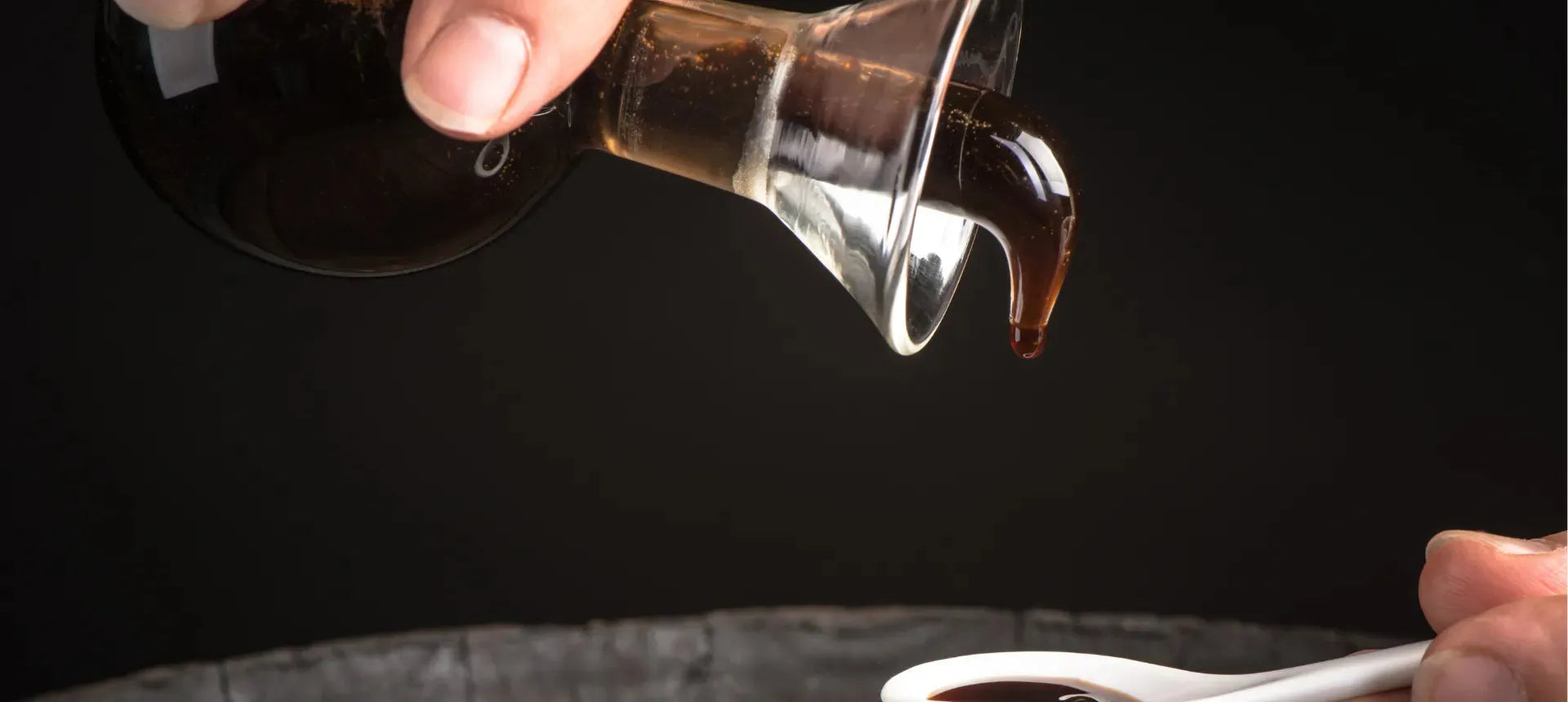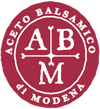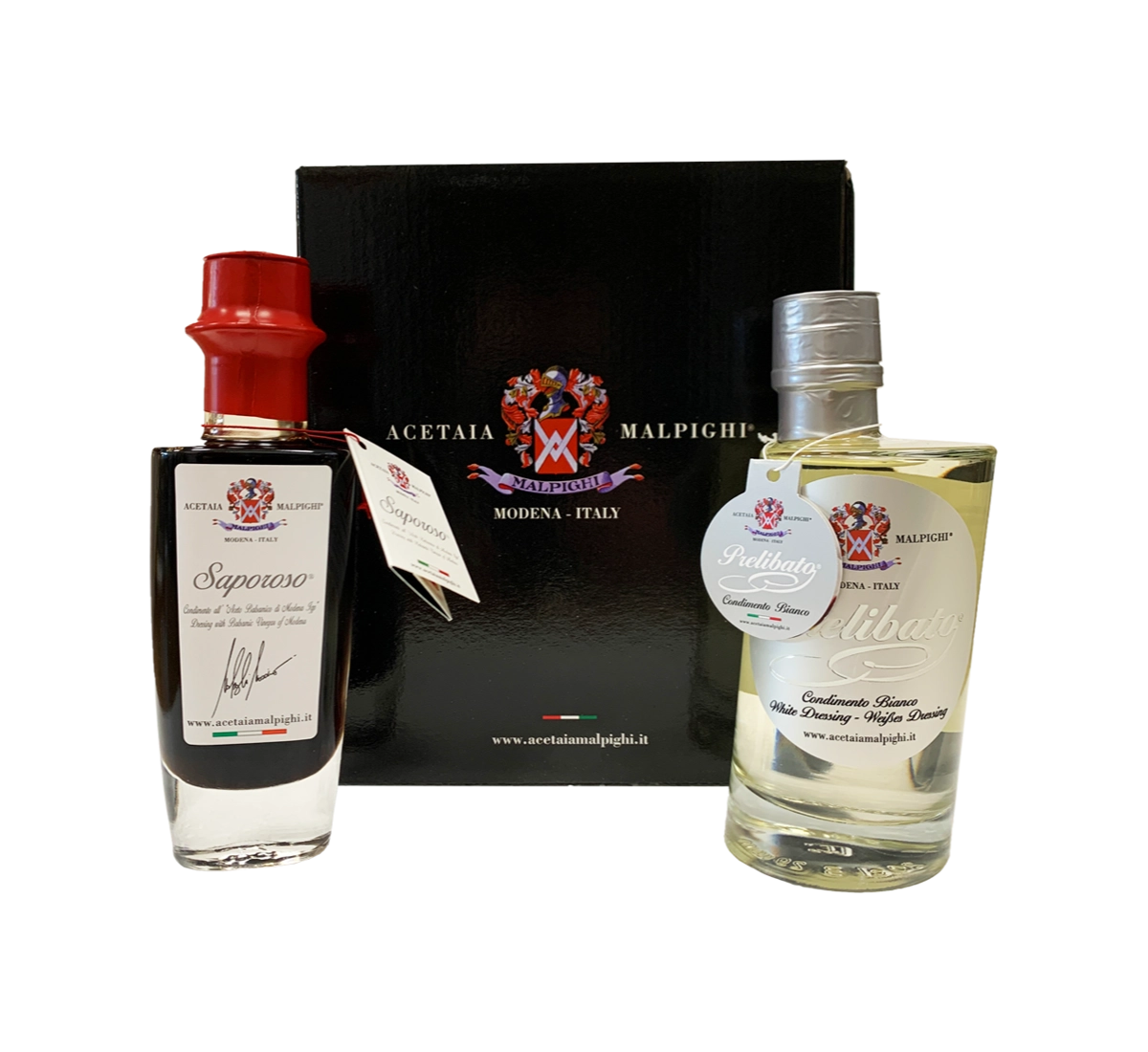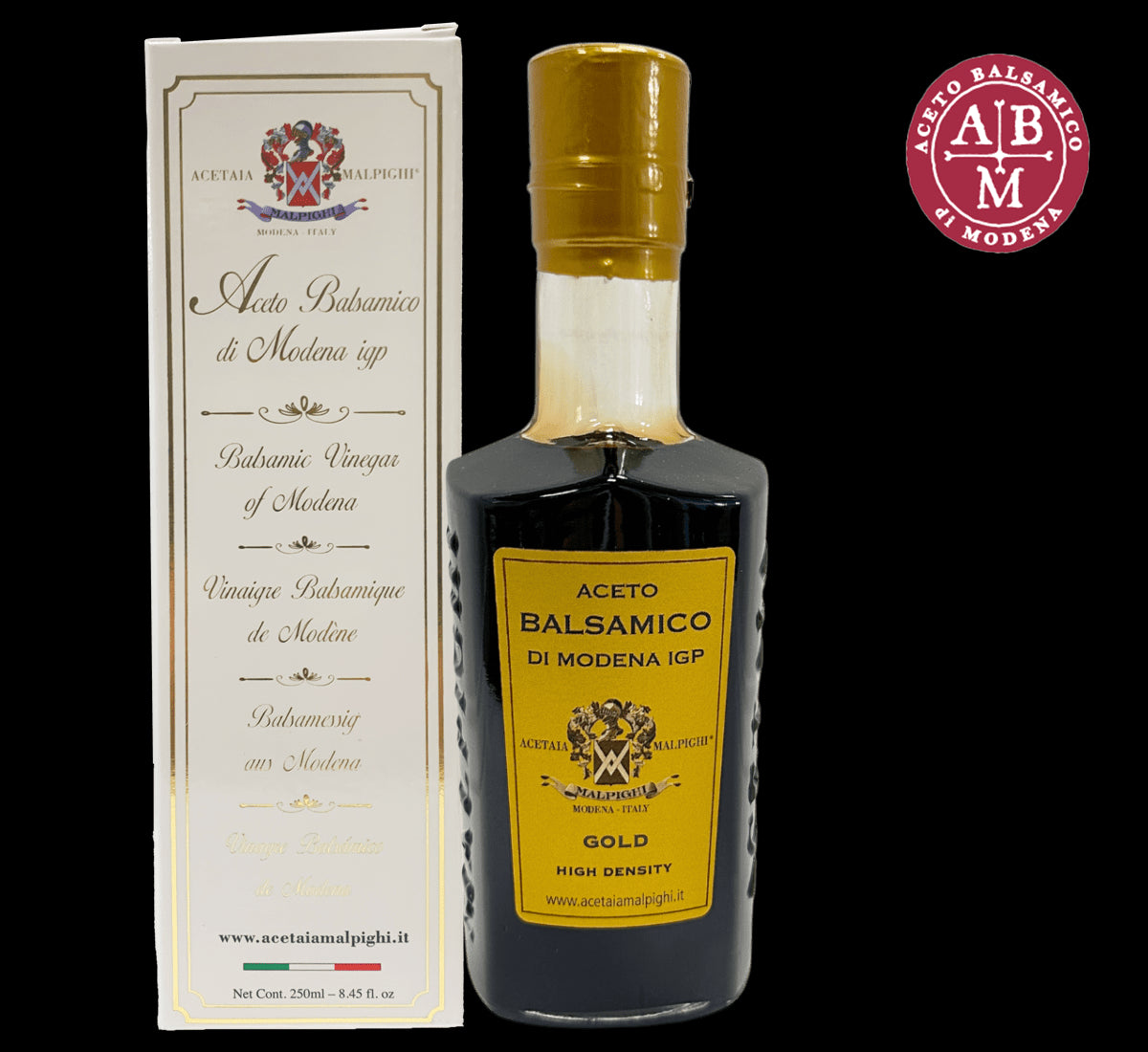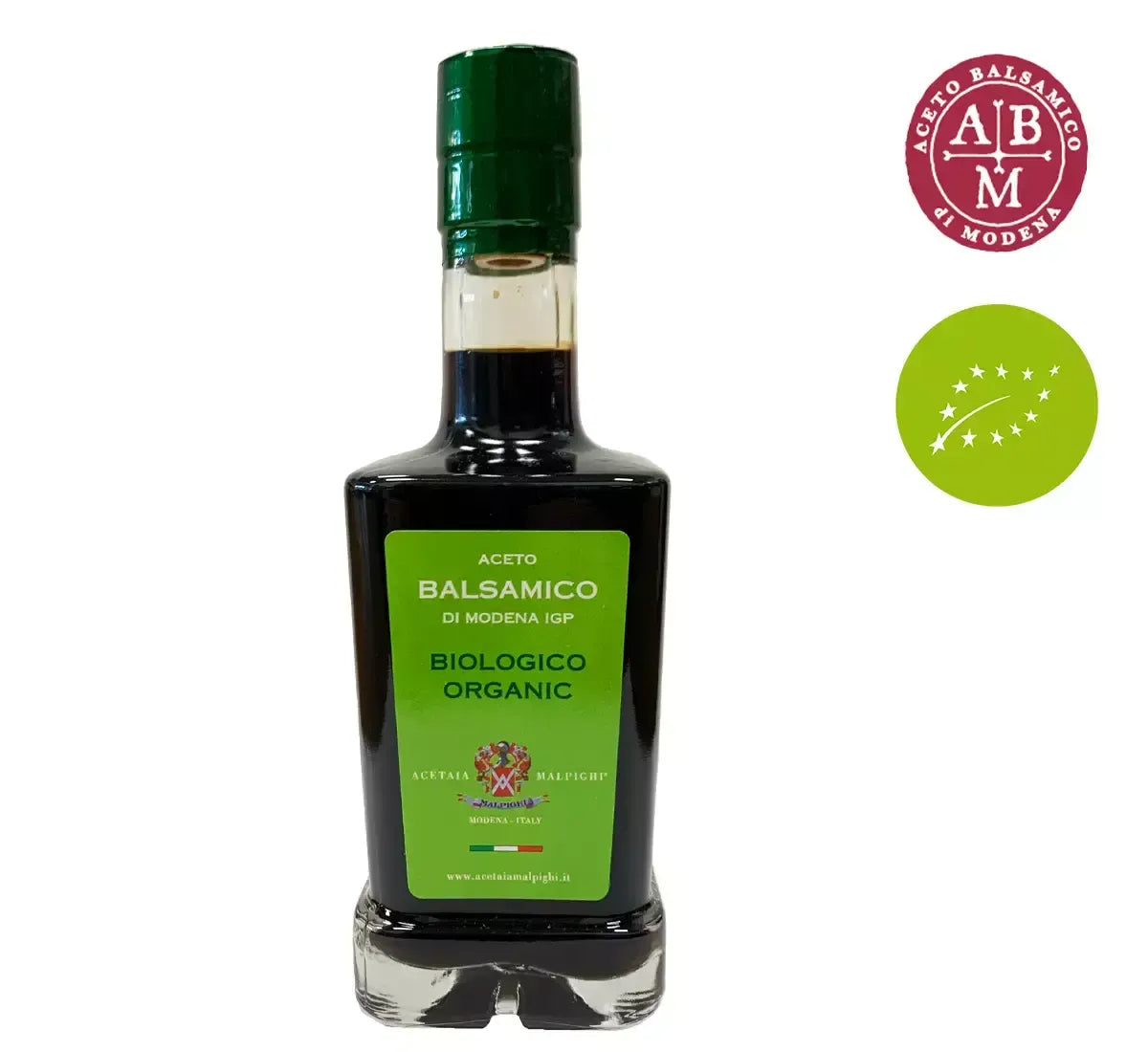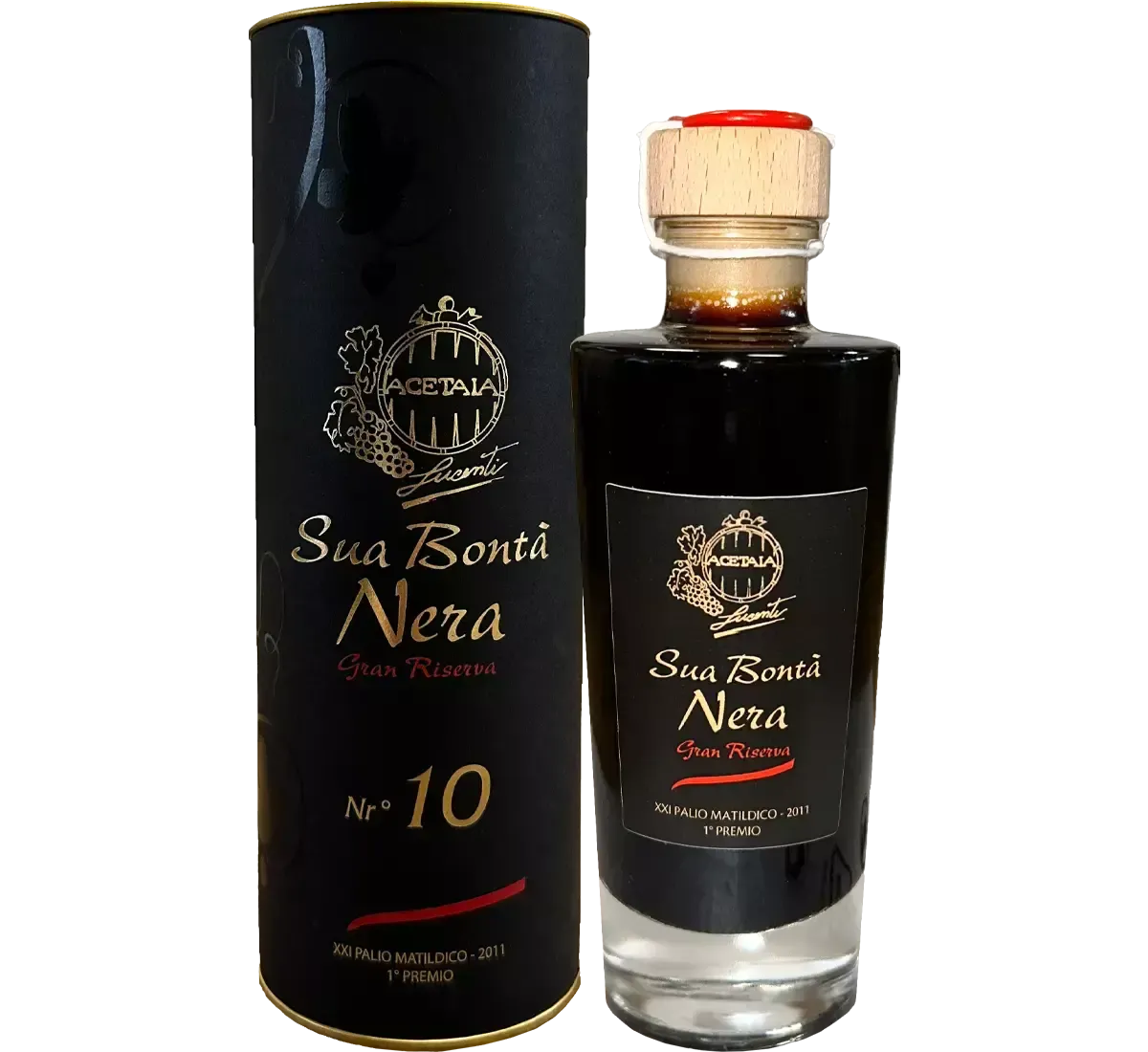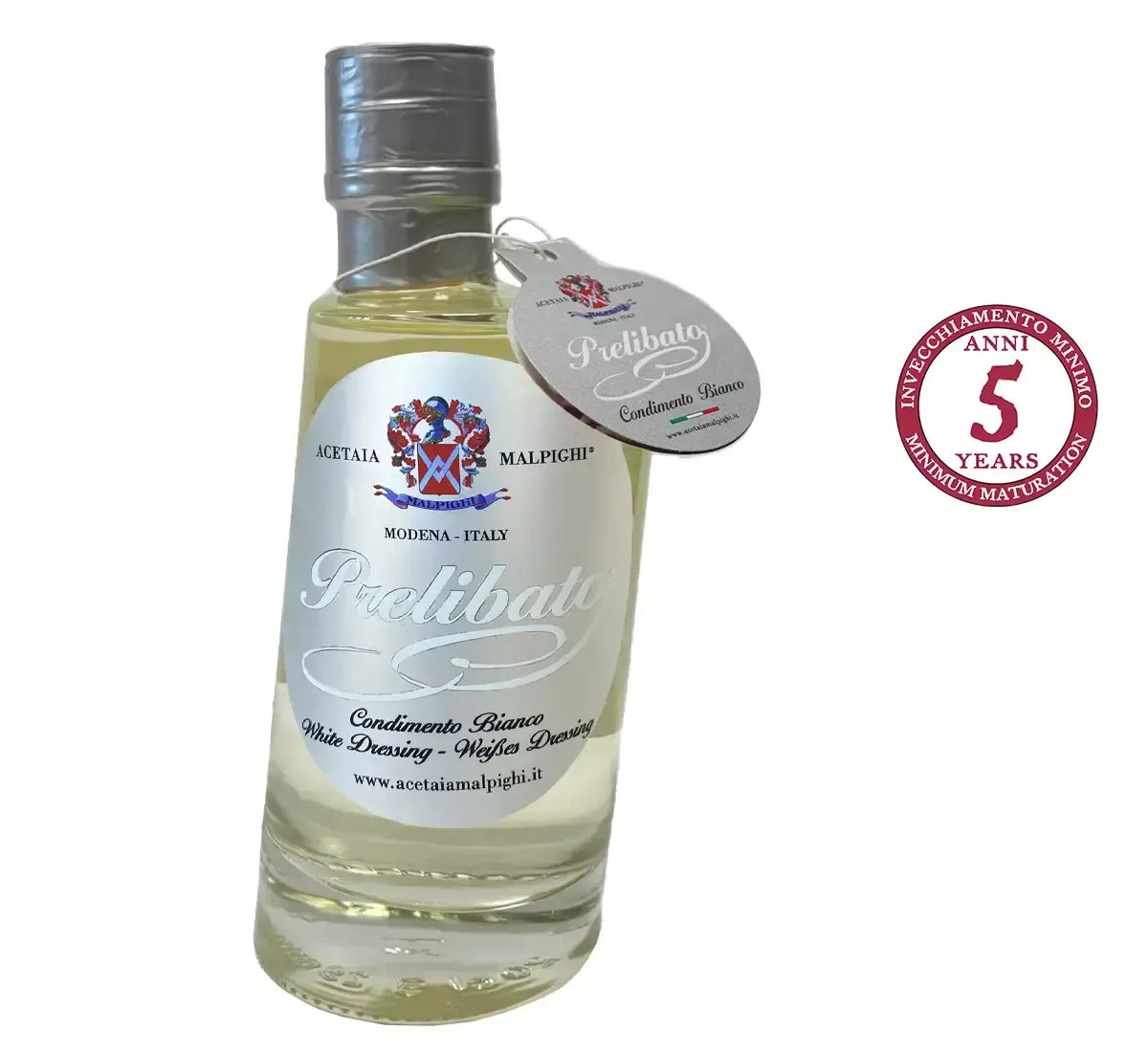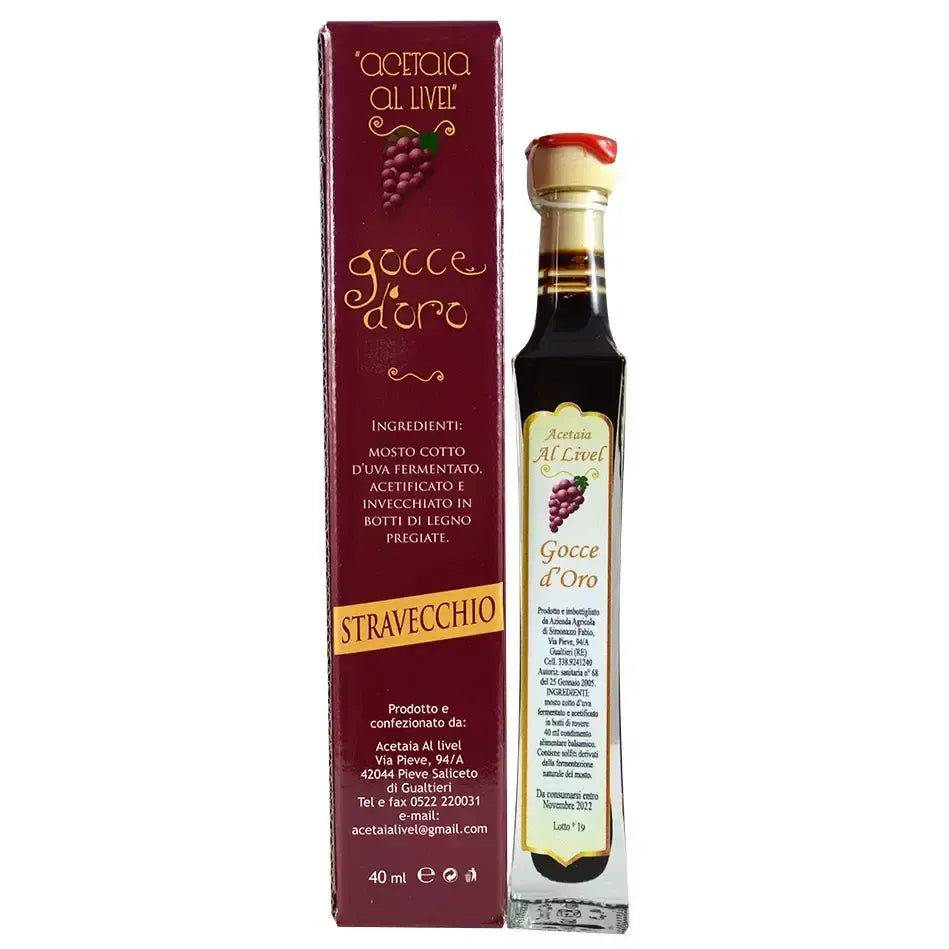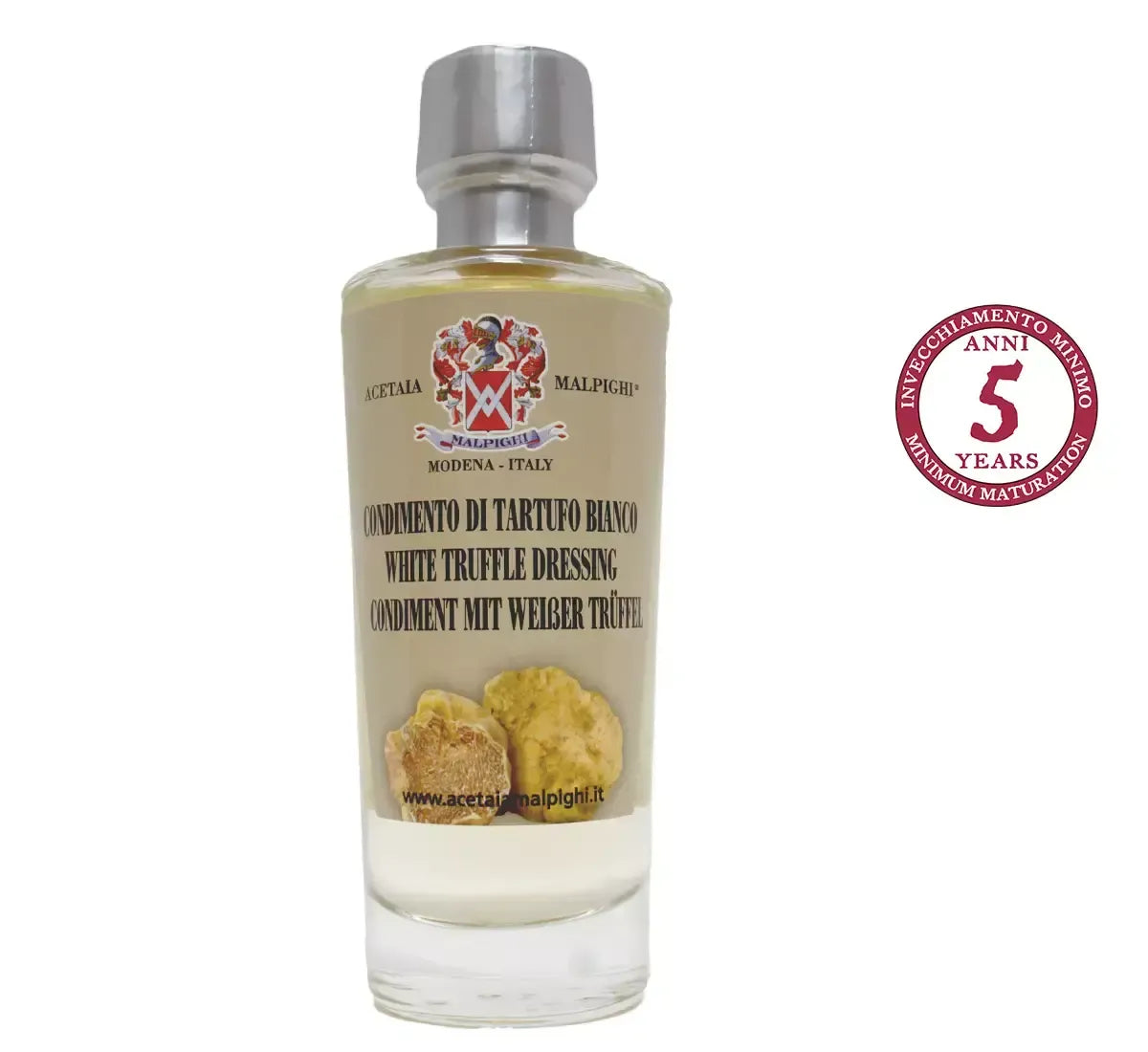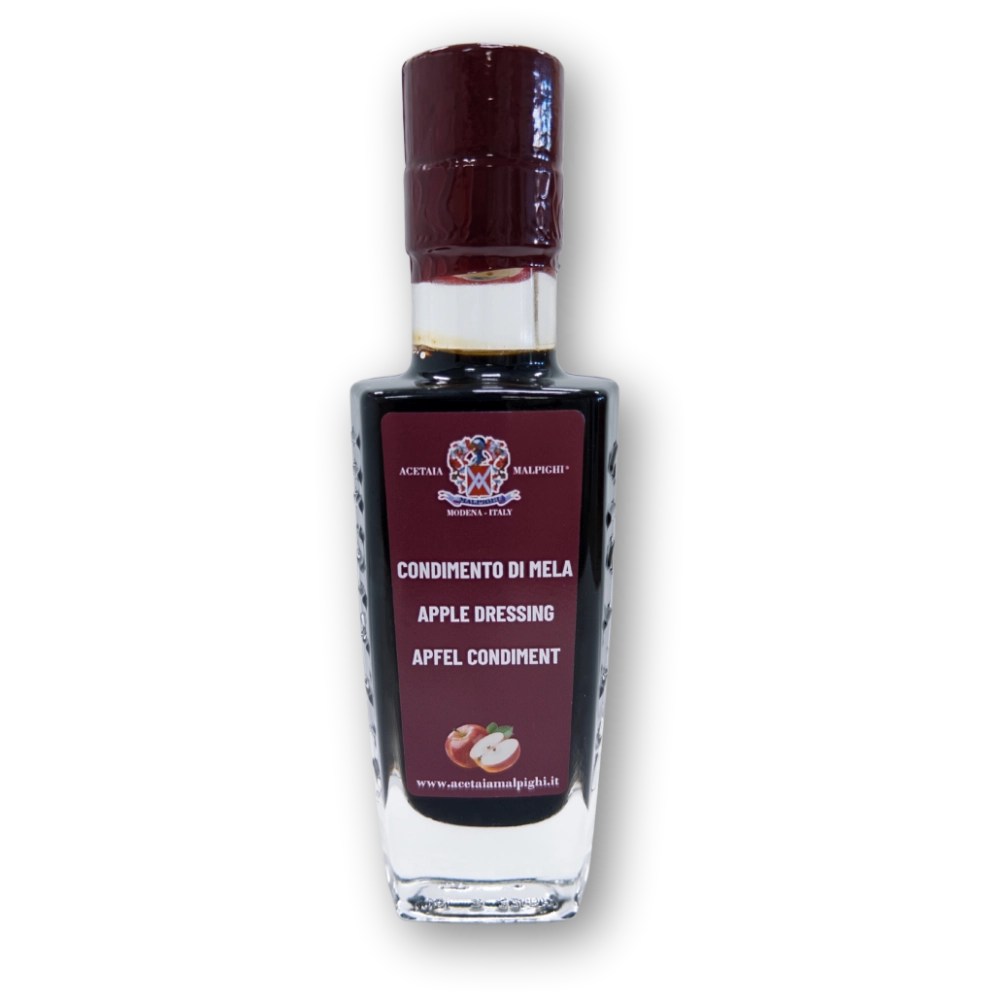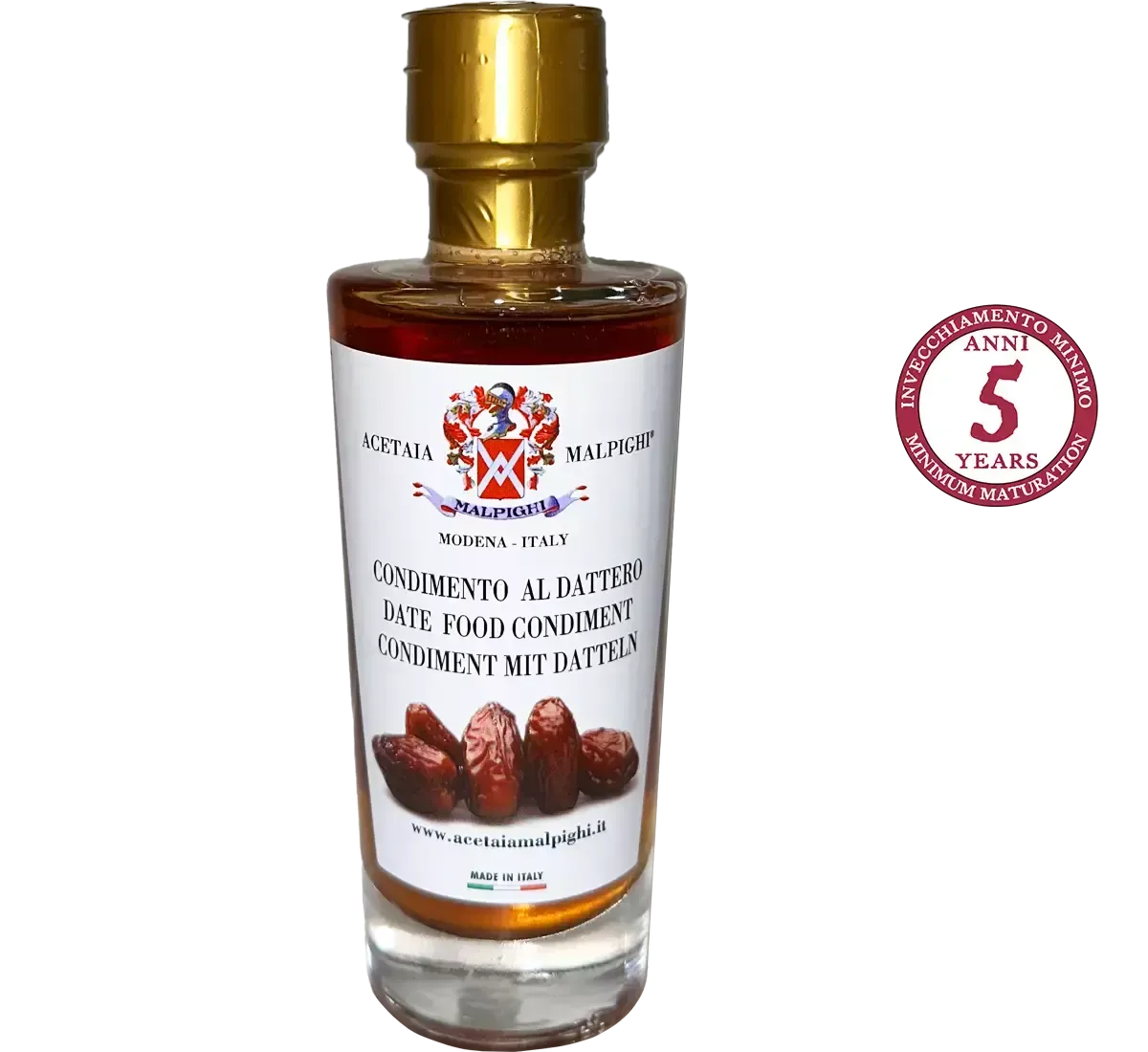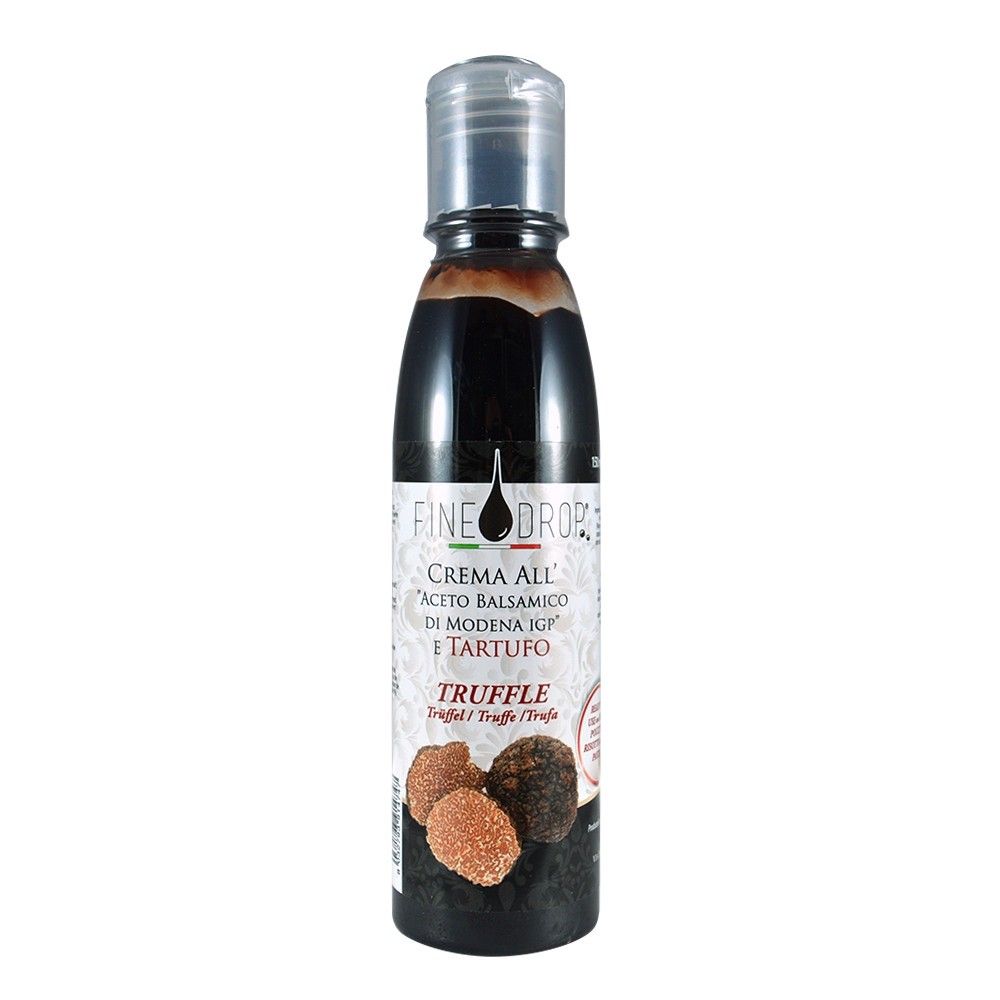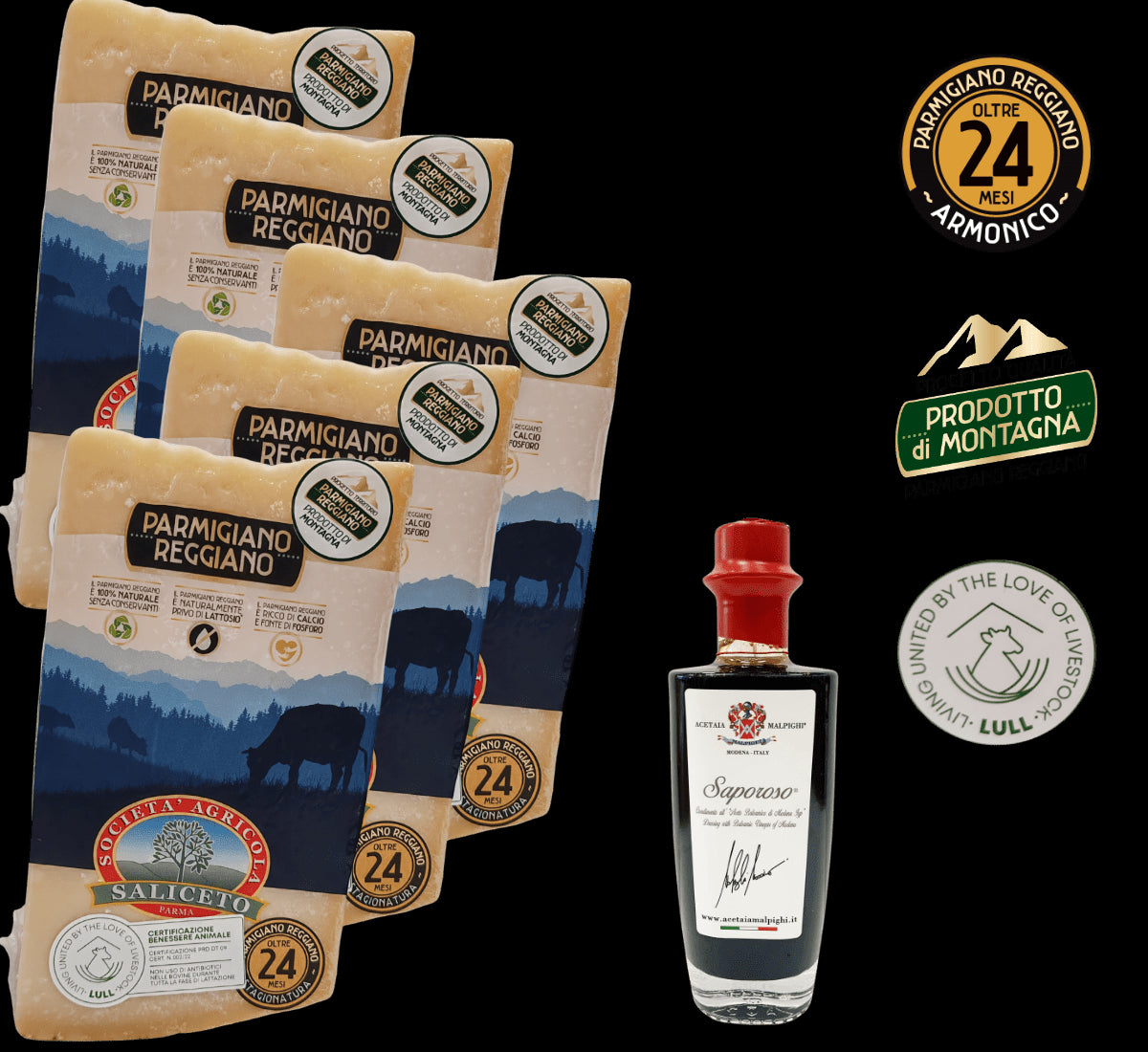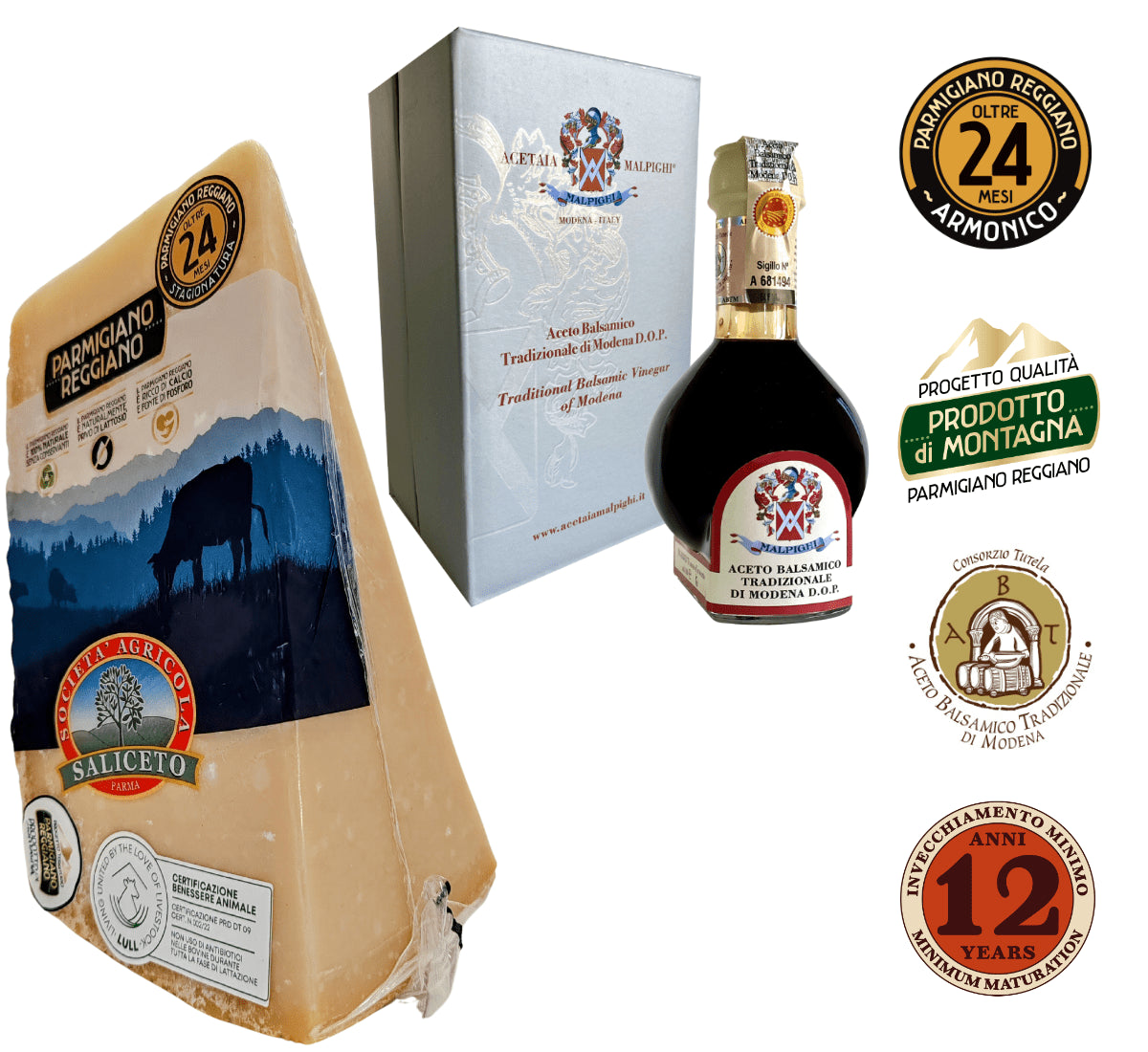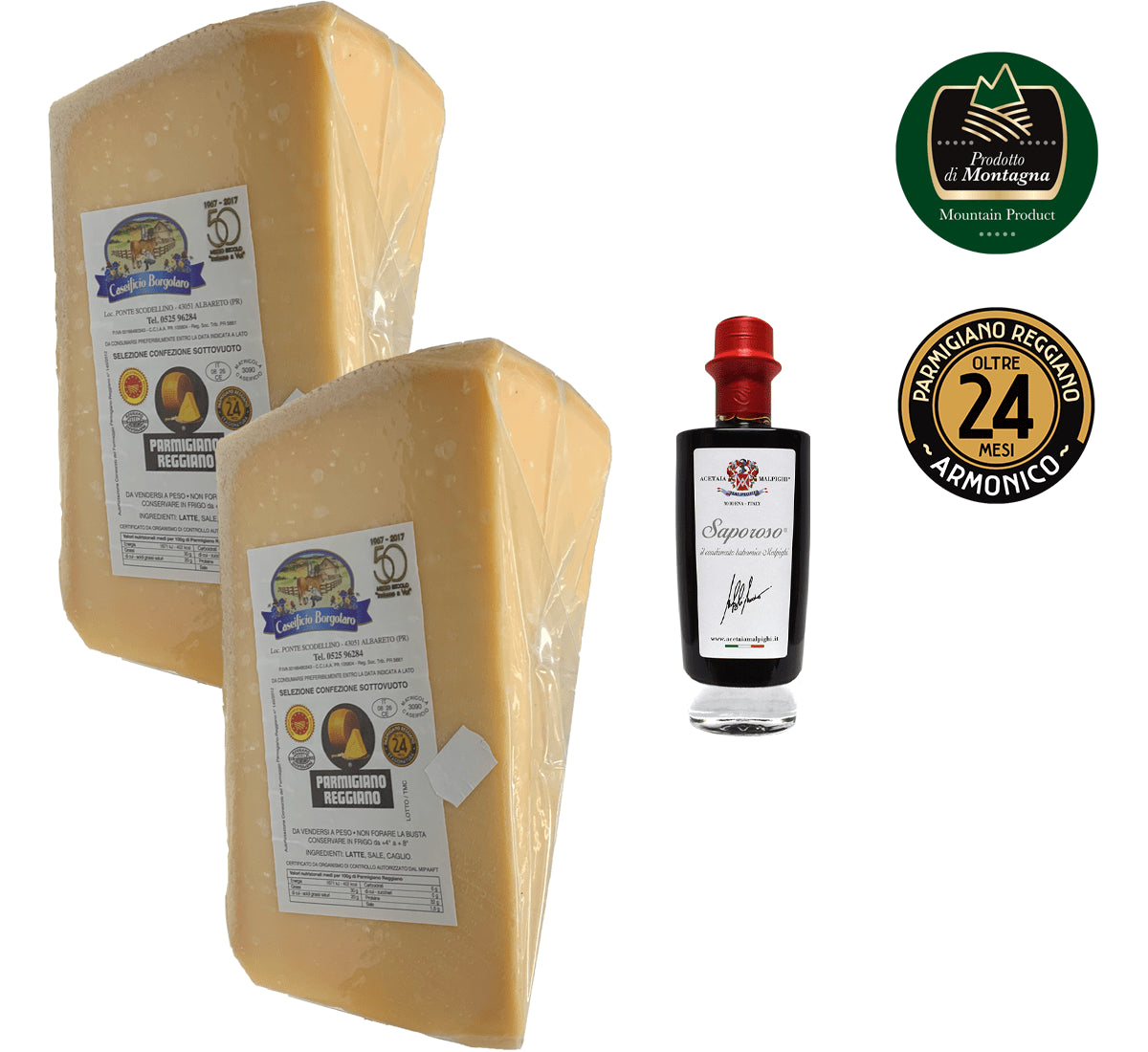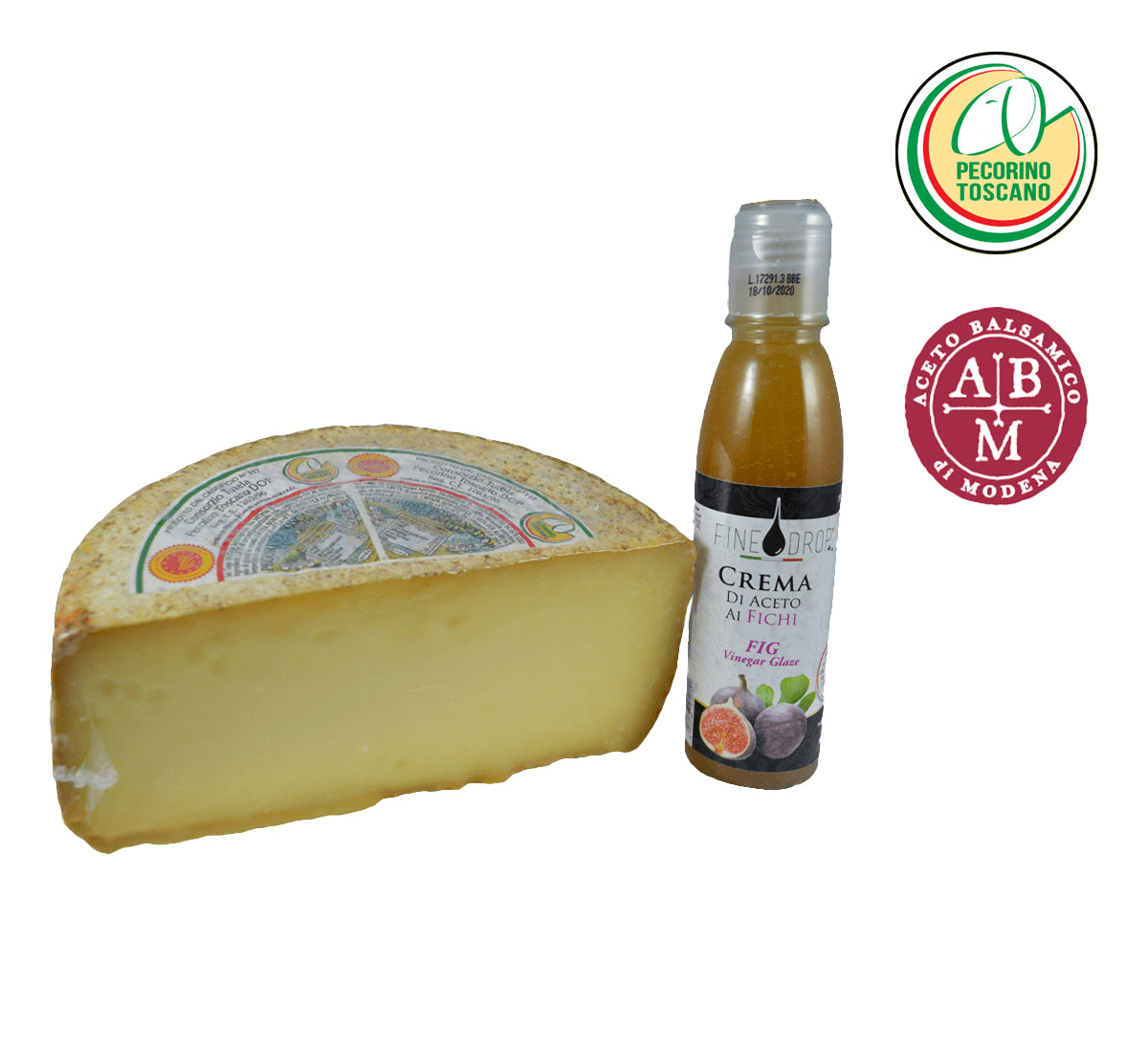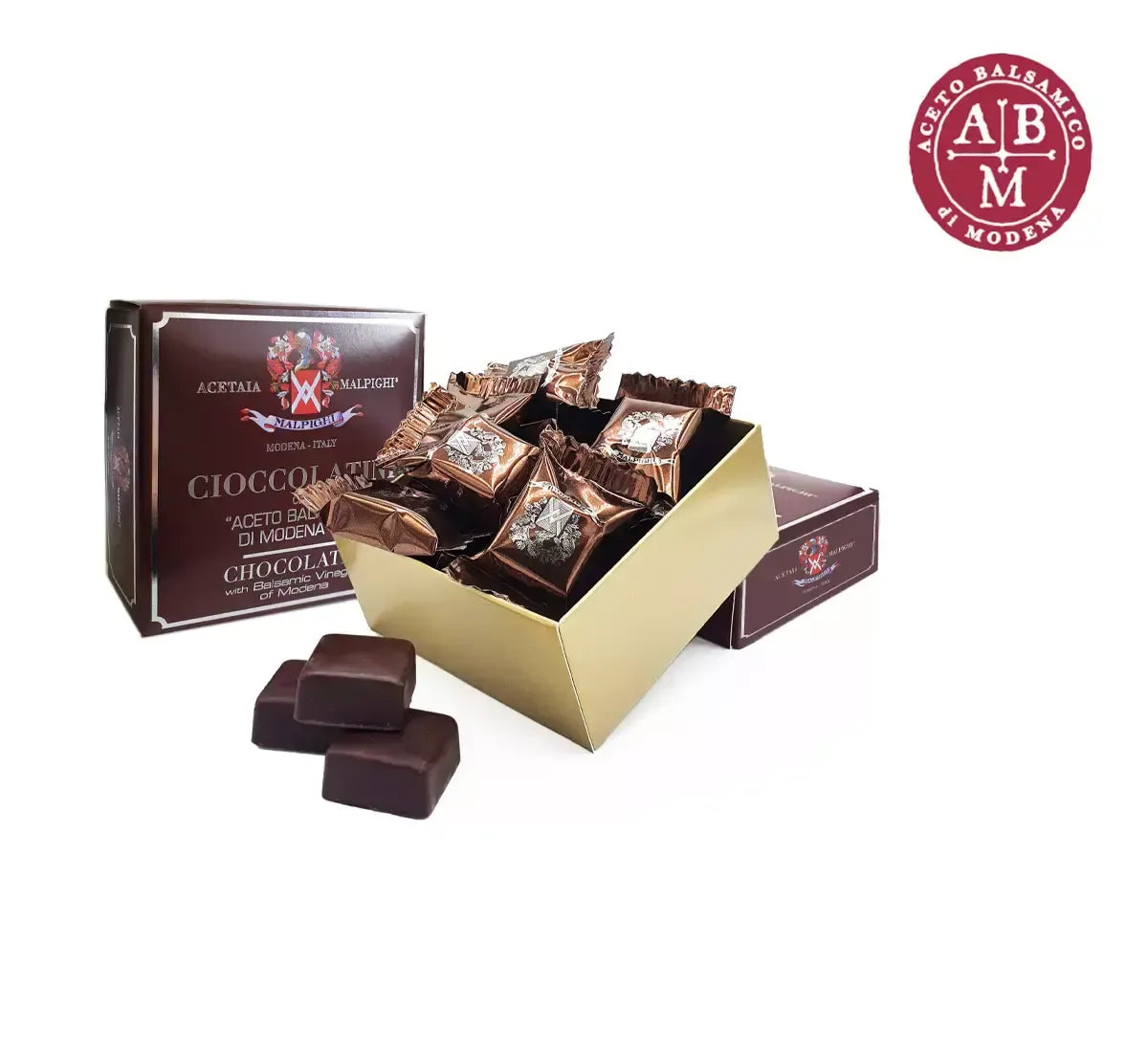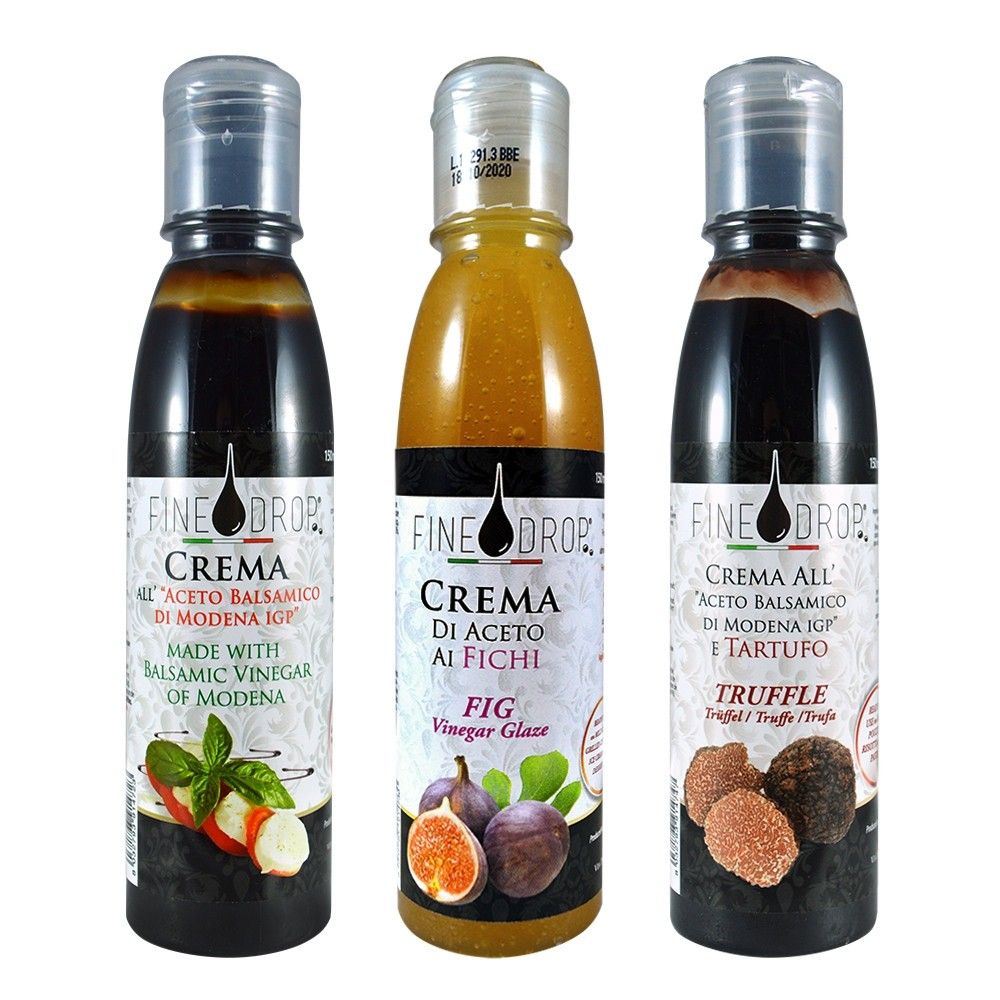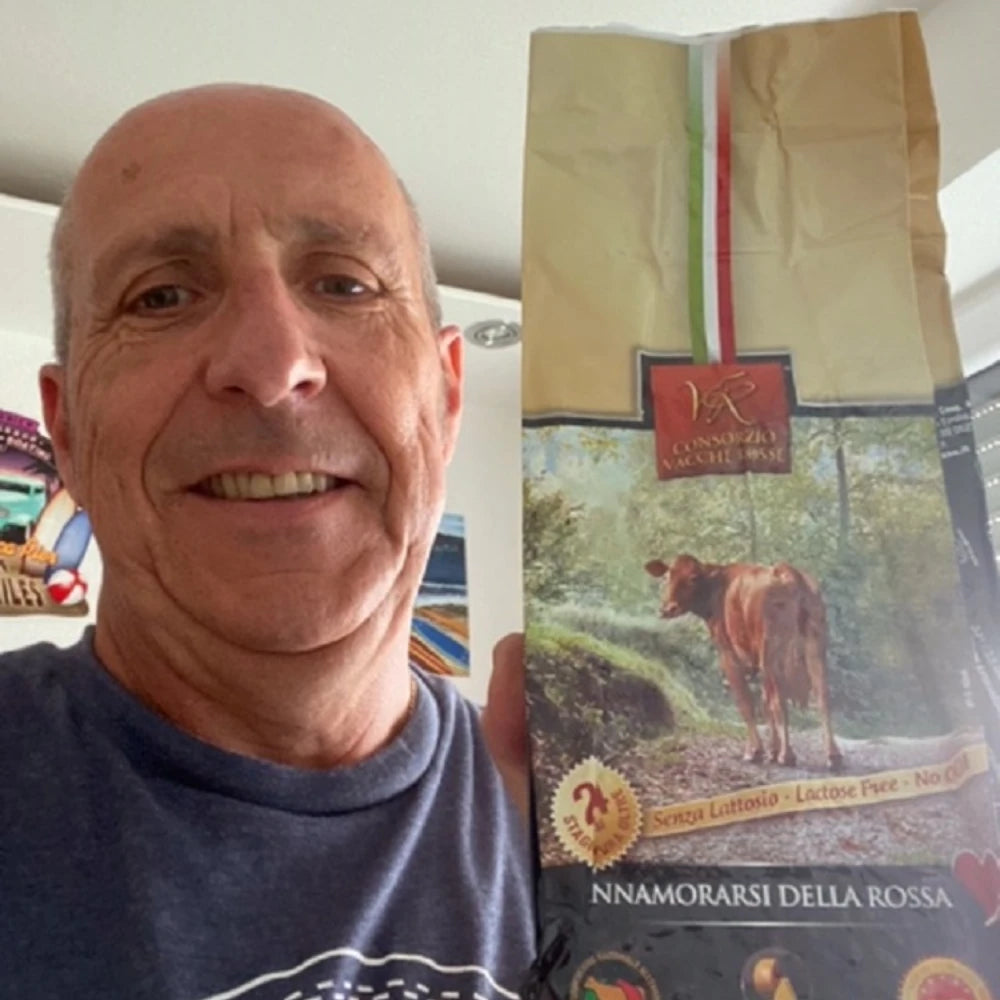Select the Destination Country:
Sort by:
37 products
37 products
Today's Offer
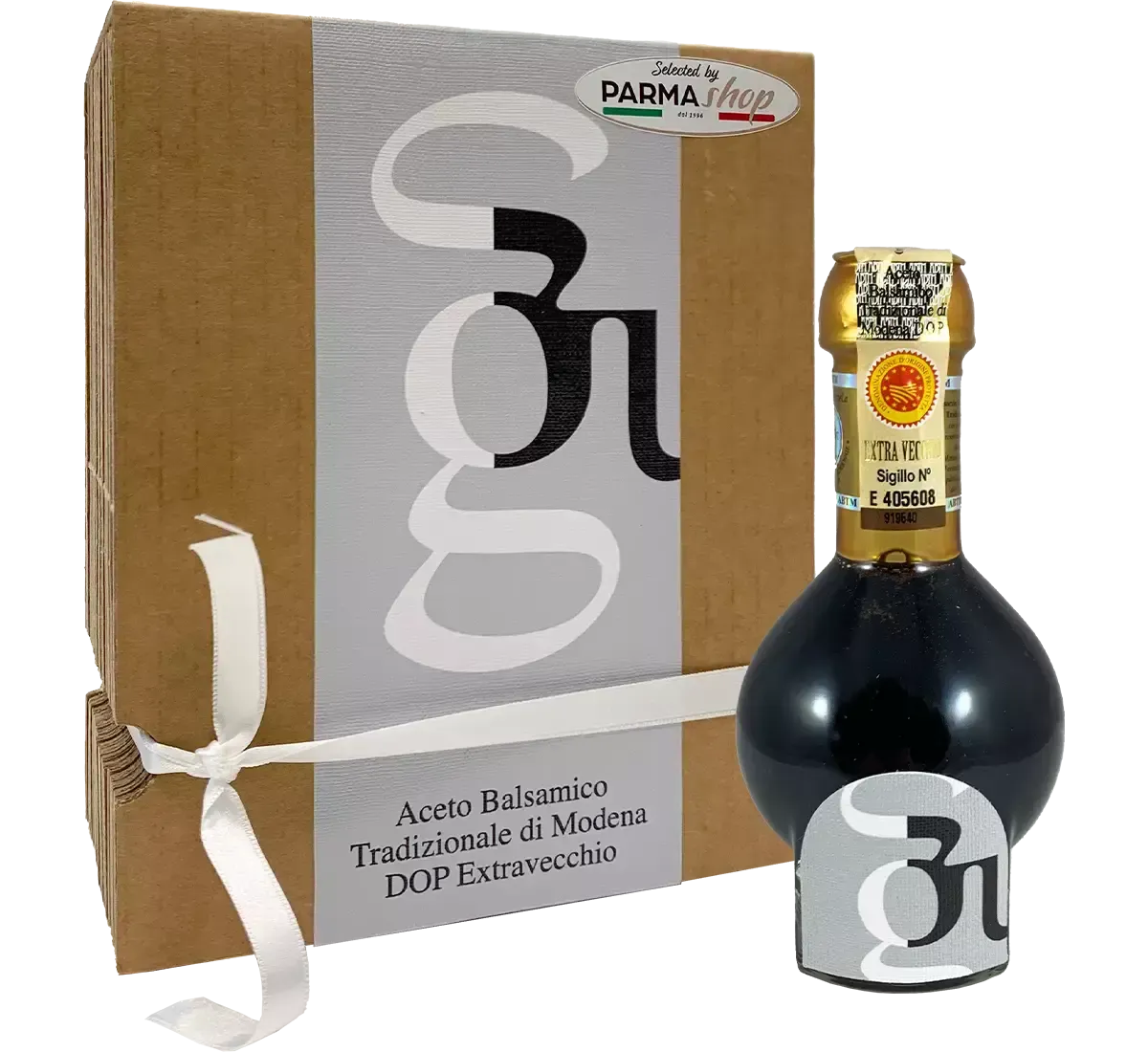
Acetaia Guerzoni
"Extra Vecchio" - Traditional Balsamic Vinegar of Modena PDO - Organic - Biodynamic
10094
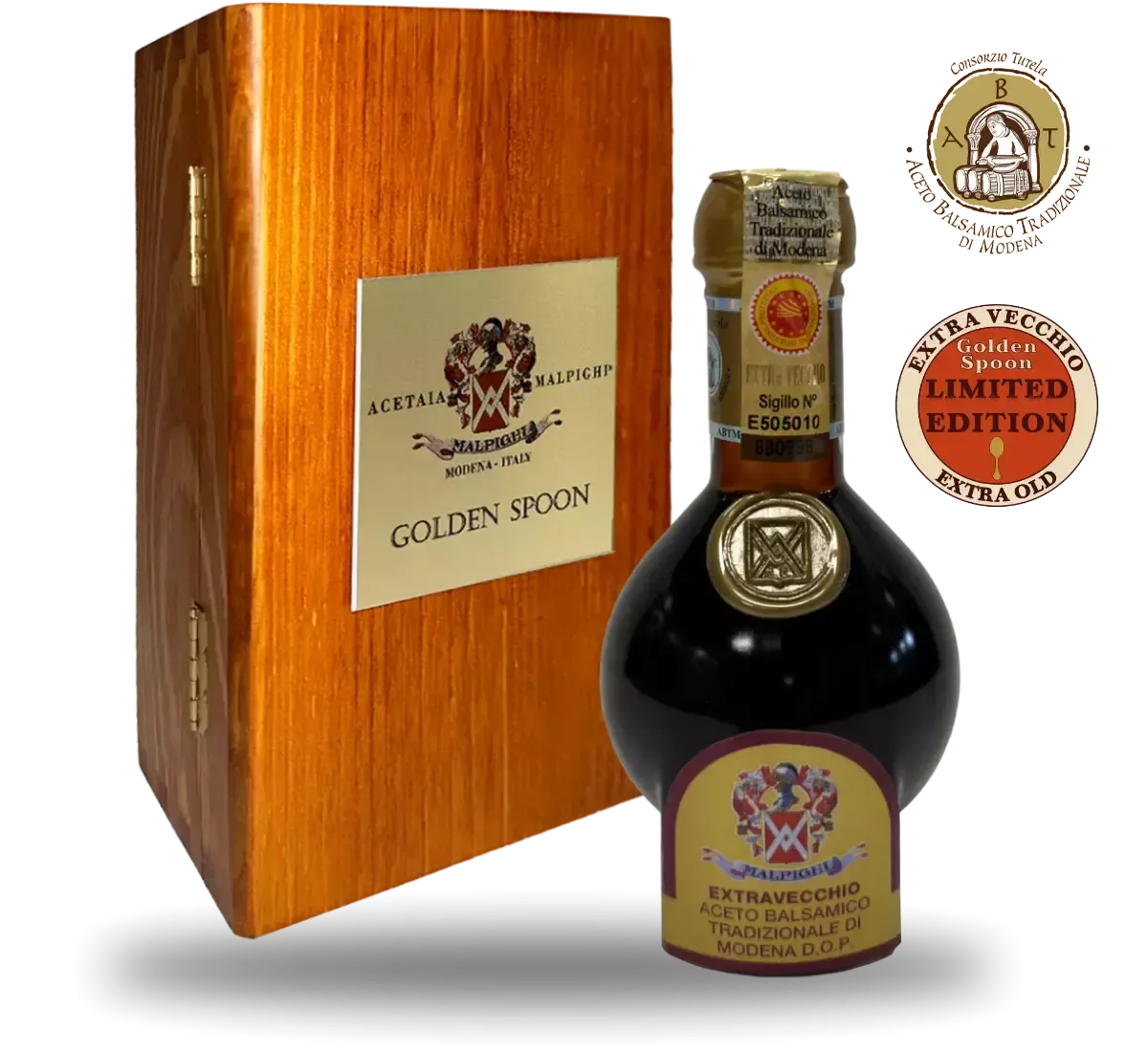

Acetaia Malpighi
"Golden Spoon" - Traditional Balsamic Vinegar of Modena PDO - Extra Vecchio
77500
€775,00
Unit price per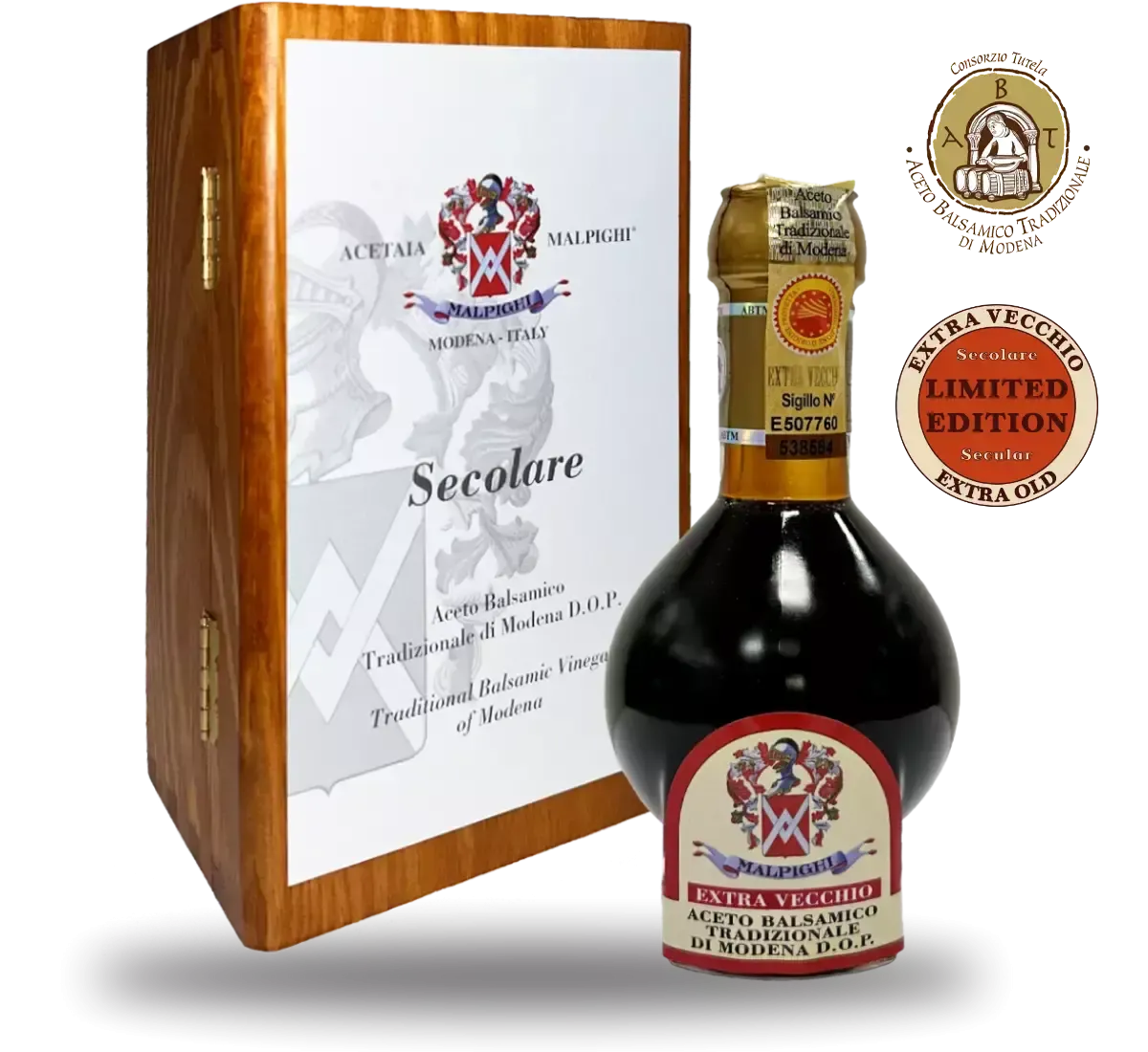

Acetaia Malpighi
"Secolare" - Traditional Balsamic Vinegar of Modena PDO - Extra Vecchio
61250
€612,50
Unit price per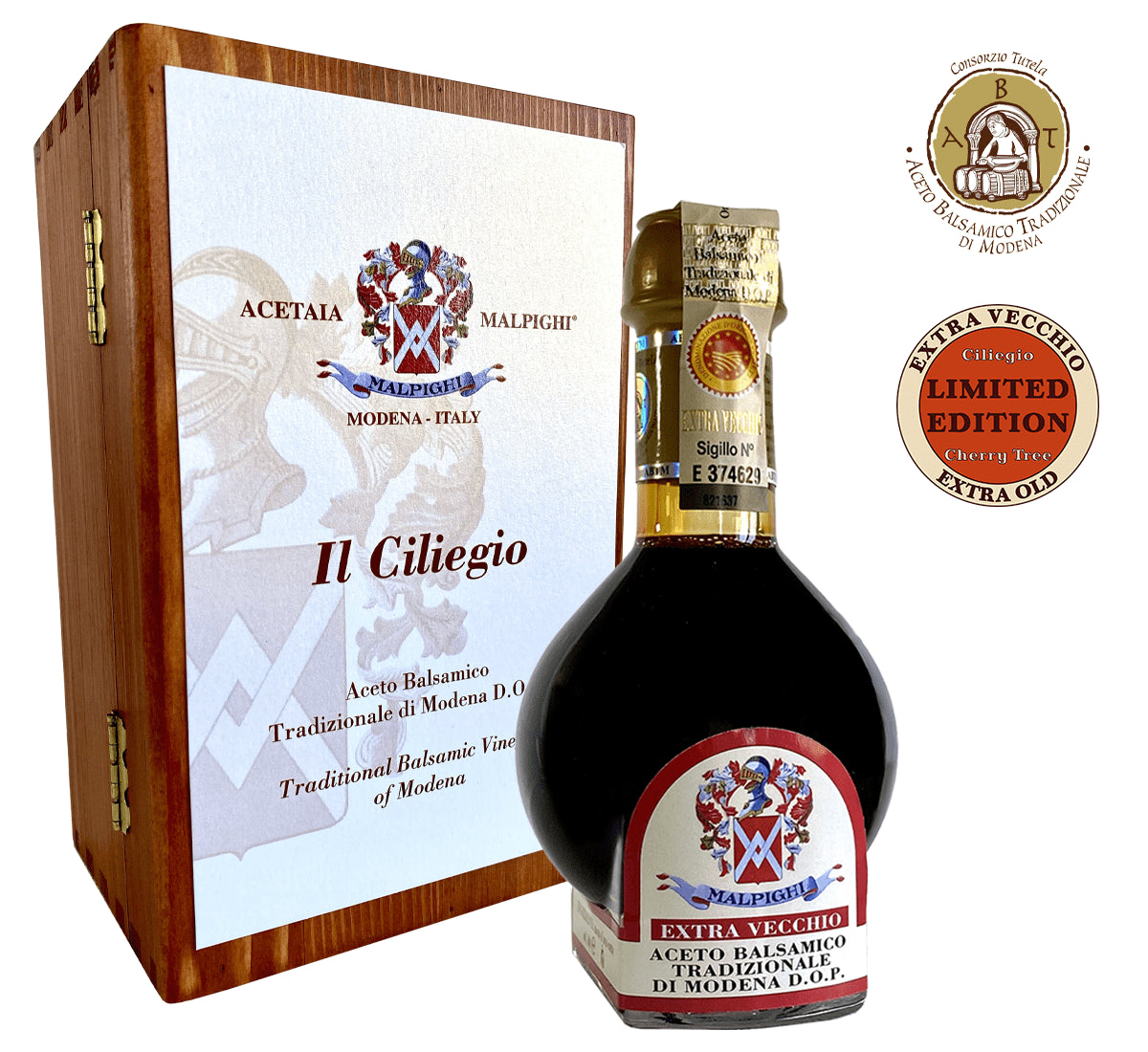
Acetaia Malpighi
"Il Ciliegio" - Traditional Balsamic Vinegar of Modena PDO - "Extra Vecchio"
28750
€287,50
Unit price per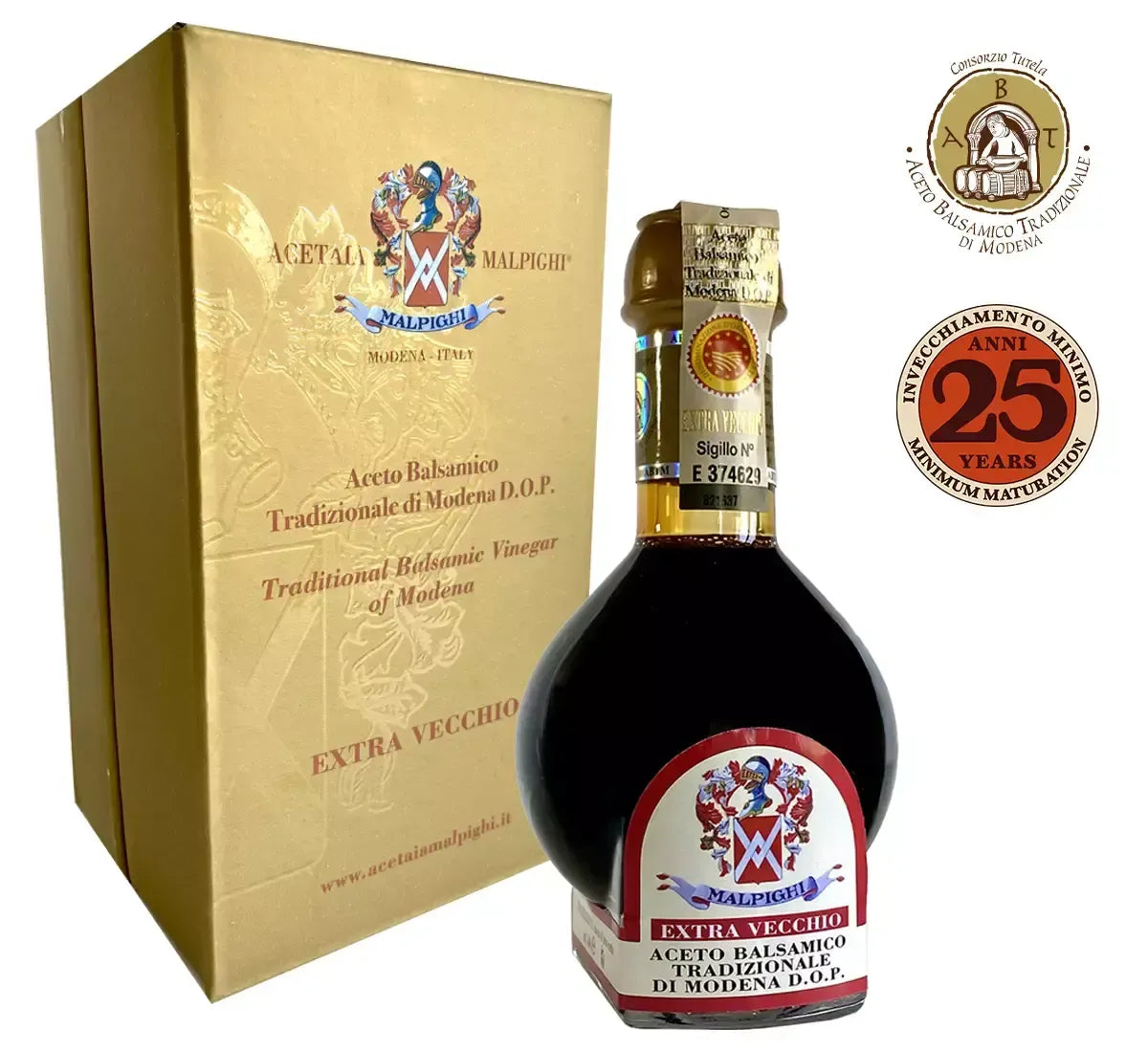
Acetaia Malpighi
"Extra Vecchio" - Traditional Balsamic Vinegar of Modena PDO
9125
€91,25
Unit price per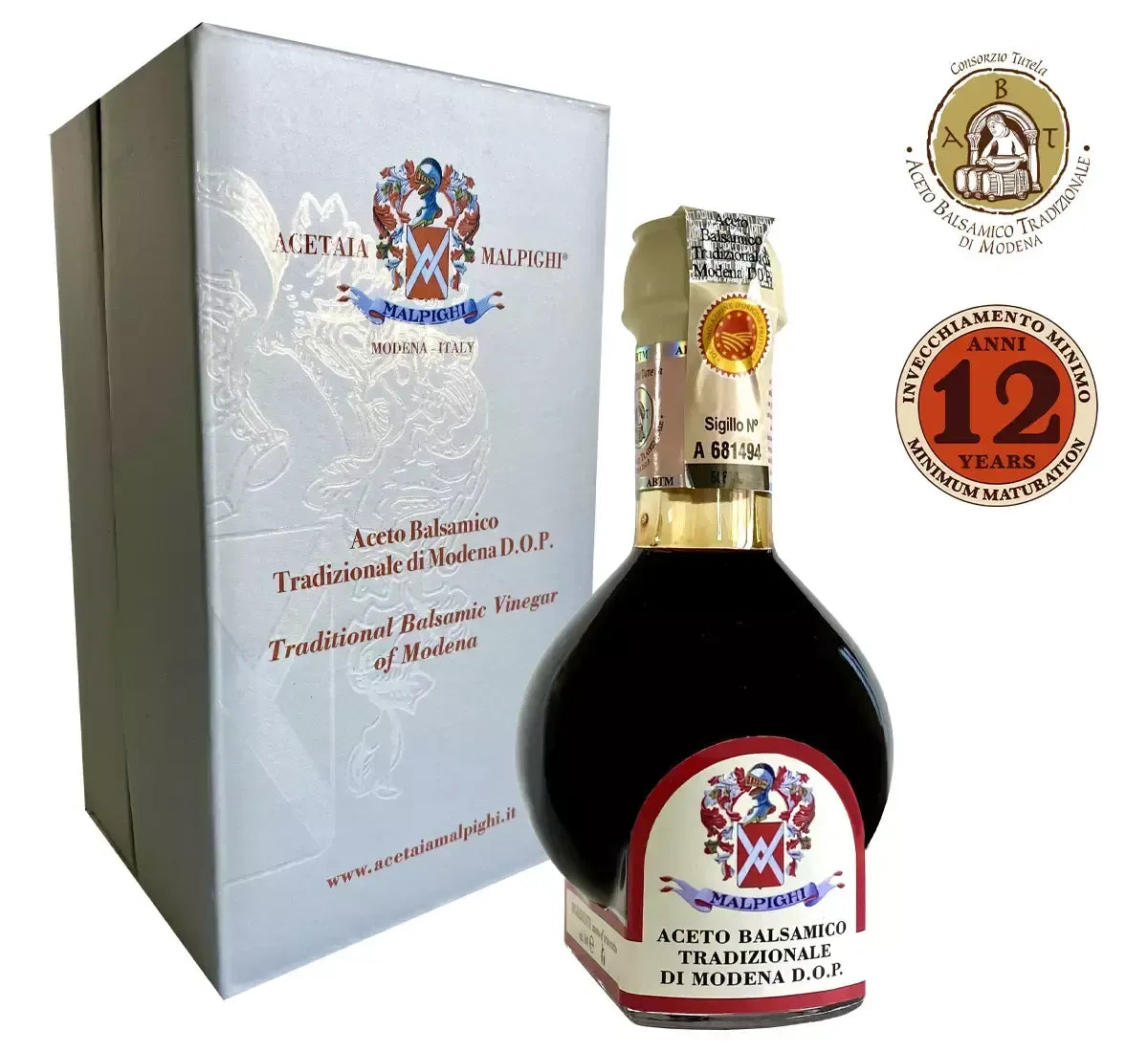
Acetaia Malpighi
"Affinato" - Traditional Balsamic Vinegar of Modena PDO
5340
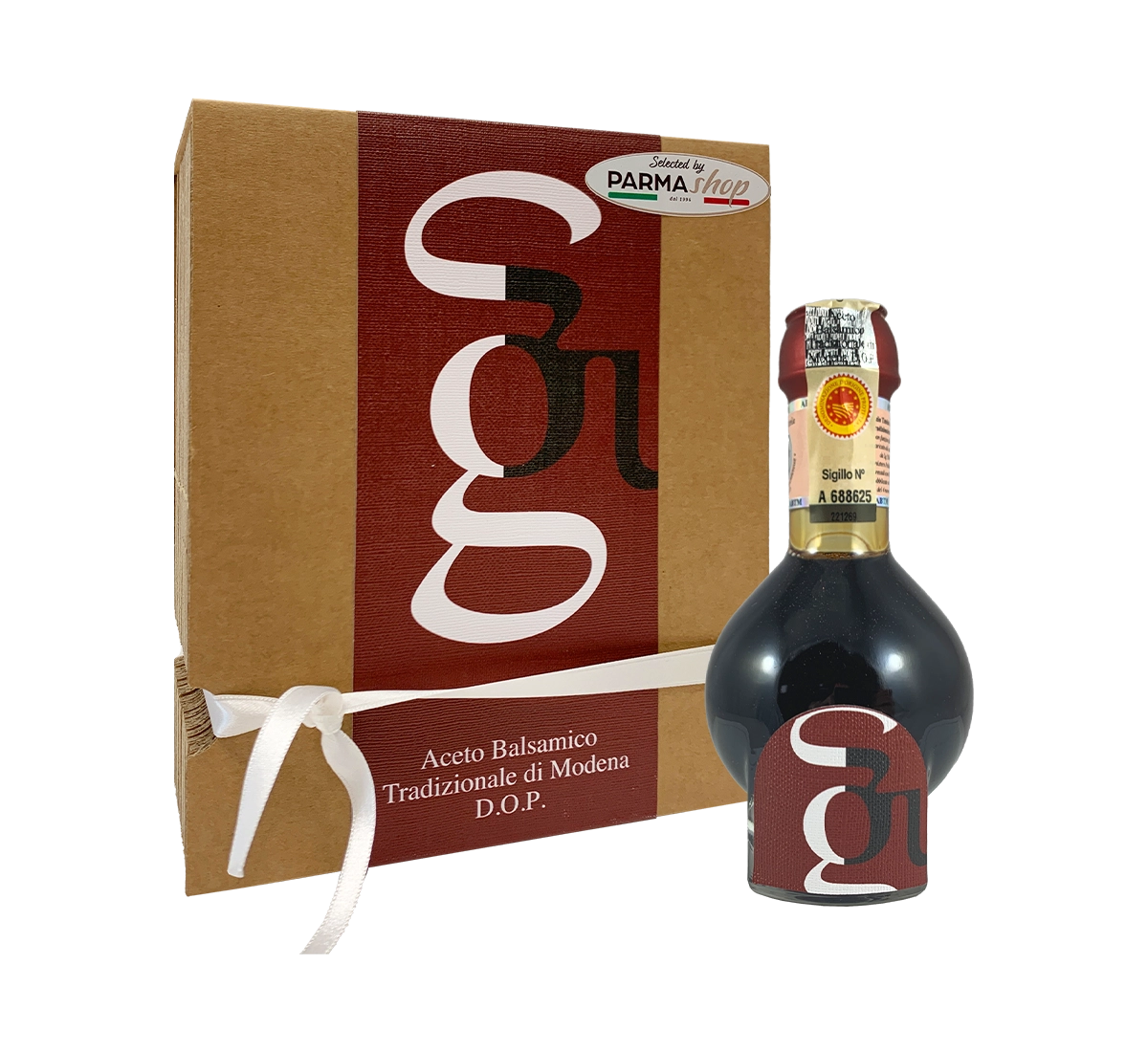
Acetaia Guerzoni
"Affinato" - Traditional Balsamic Vinegar of Modena PDO - Organic - Biodynamic
7000

Acetaia Guerzoni
"Extra Vecchio" - Traditional Balsamic Vinegar of Modena PDO - Organic - Biodynamic
10094
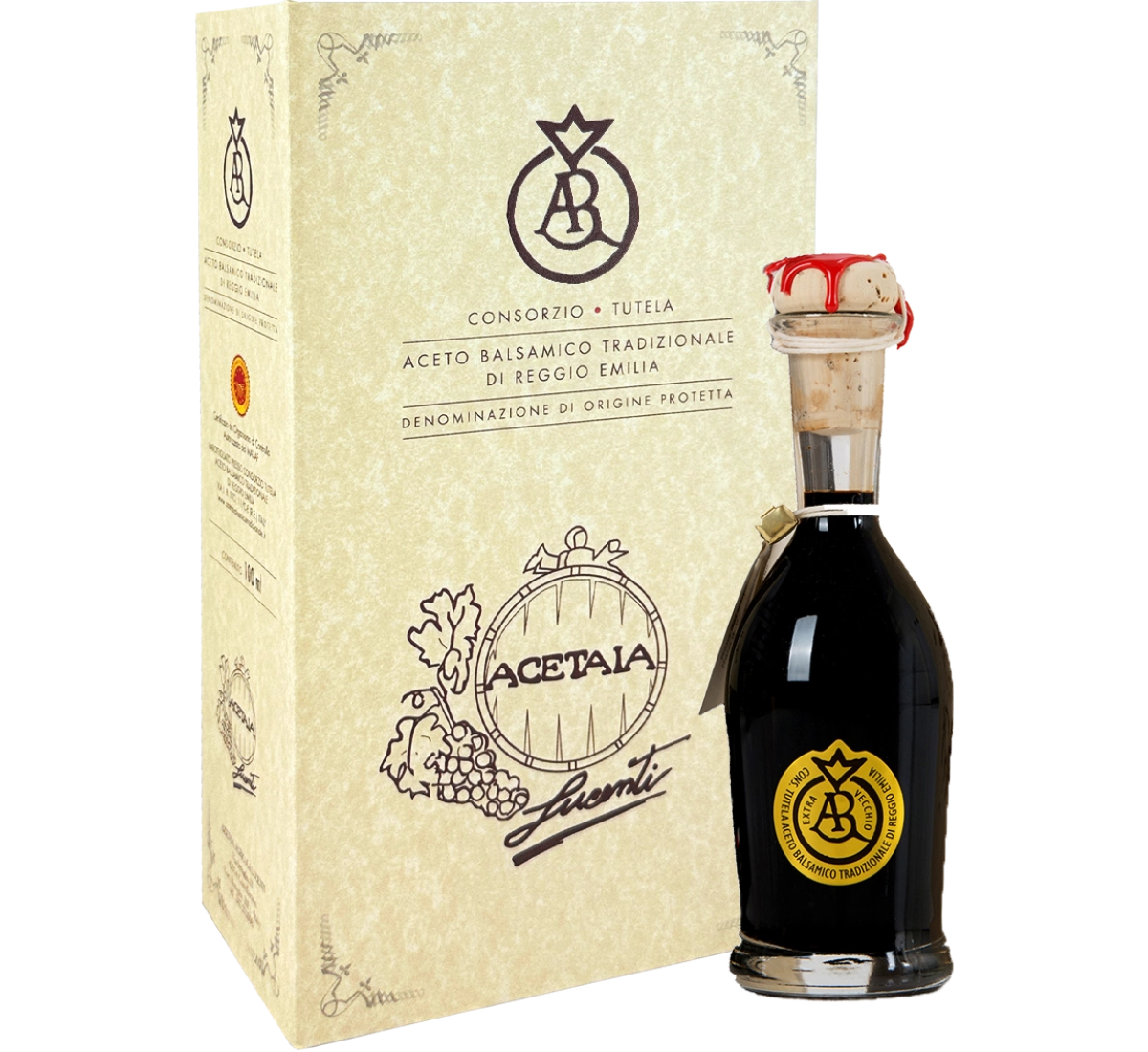
Acetaia Lucenti
"Oro" - Traditional Balsamic Vinegar of Reggio Emilia PDO
12375
€123,75
Unit price per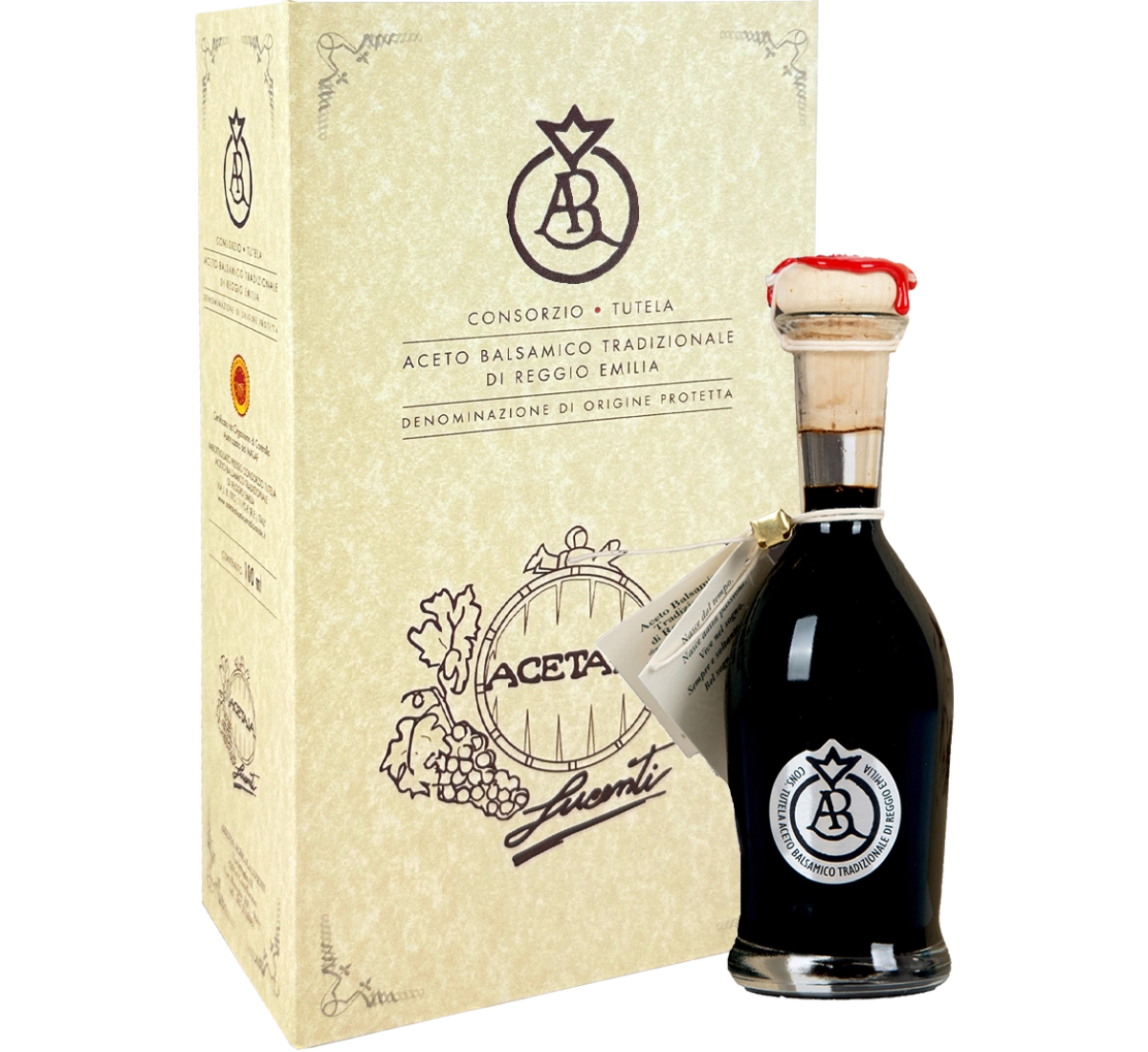
Acetaia Lucenti
"Argento" - Traditional Balsamic Vinegar of Reggio Emilia PDO
7750
€77,50
Unit price per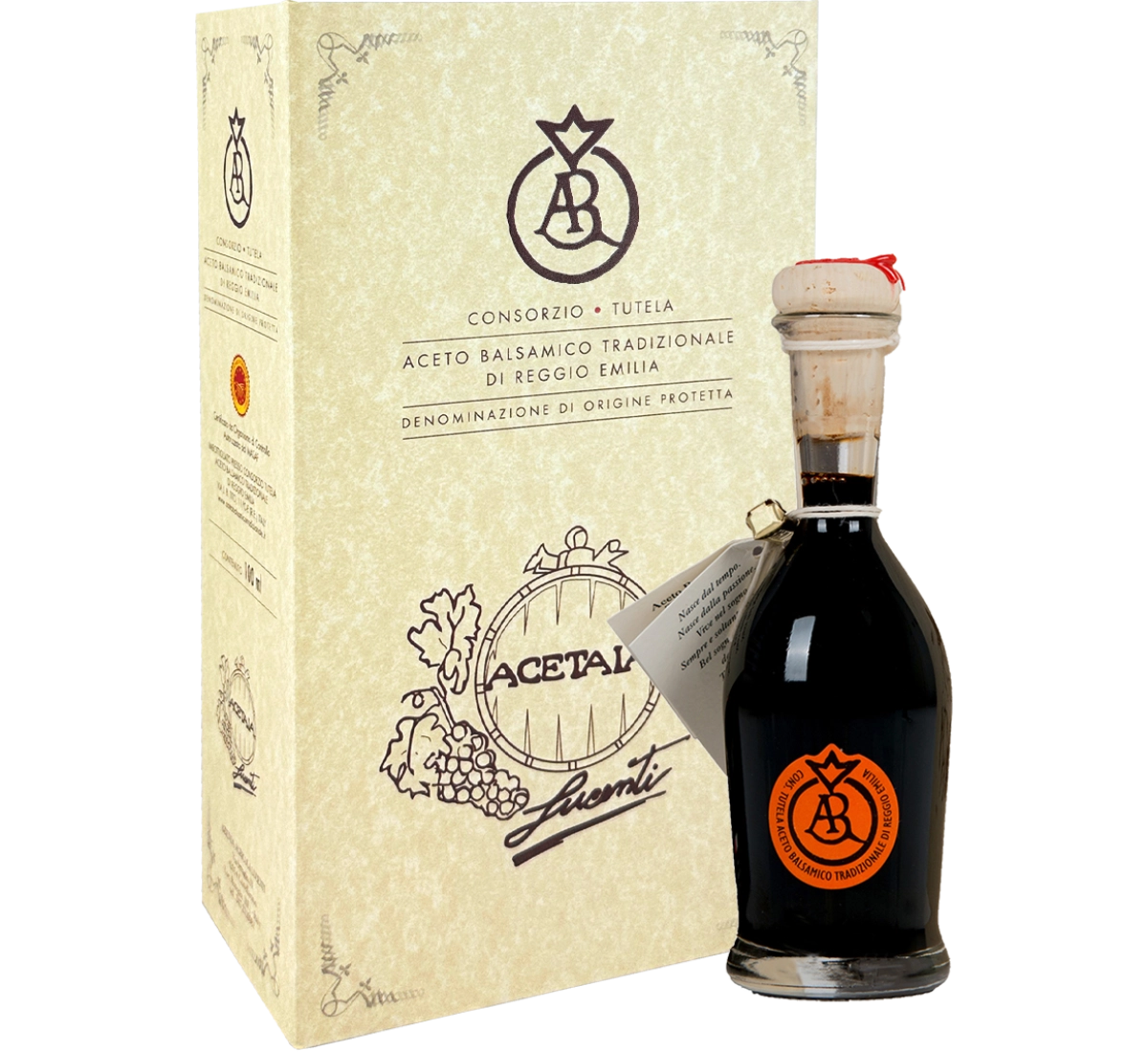
Acetaia Lucenti
"Aragosta" - Traditional Balsamic Vinegar of Reggio Emilia PDO
5500
€55,00
Unit price per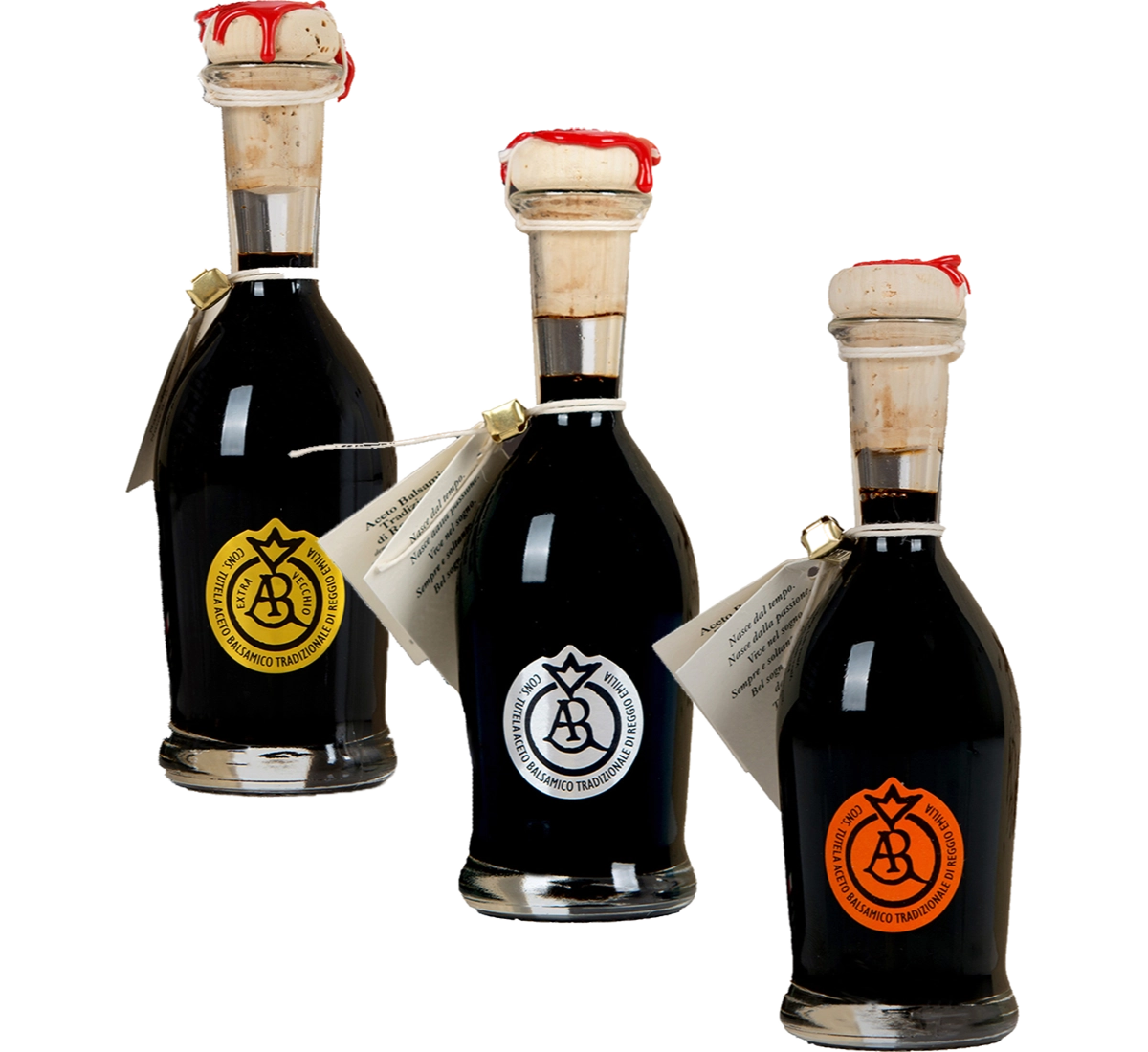
Acetaia Lucenti
"Trittico" - Traditional Balsamic Vinegar of Reggio Emilia PDO
24375
€243,75
Unit price per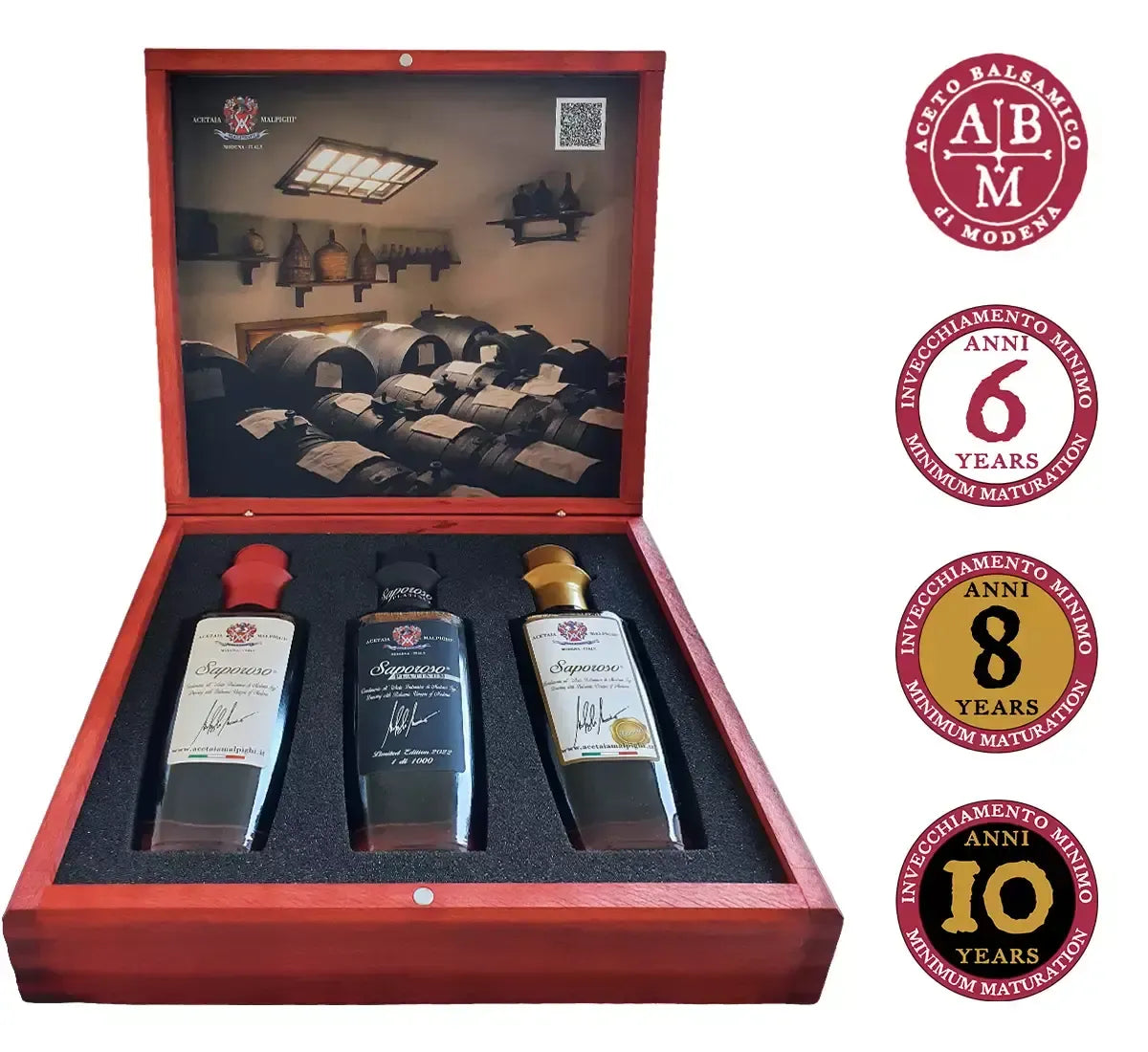
Acetaia Malpighi
"Saporoso Anniversario" - Limited Edition Gift Box - Condiment with Balsamic Vinegar of Modena PGI
10500
€105,00
Unit price per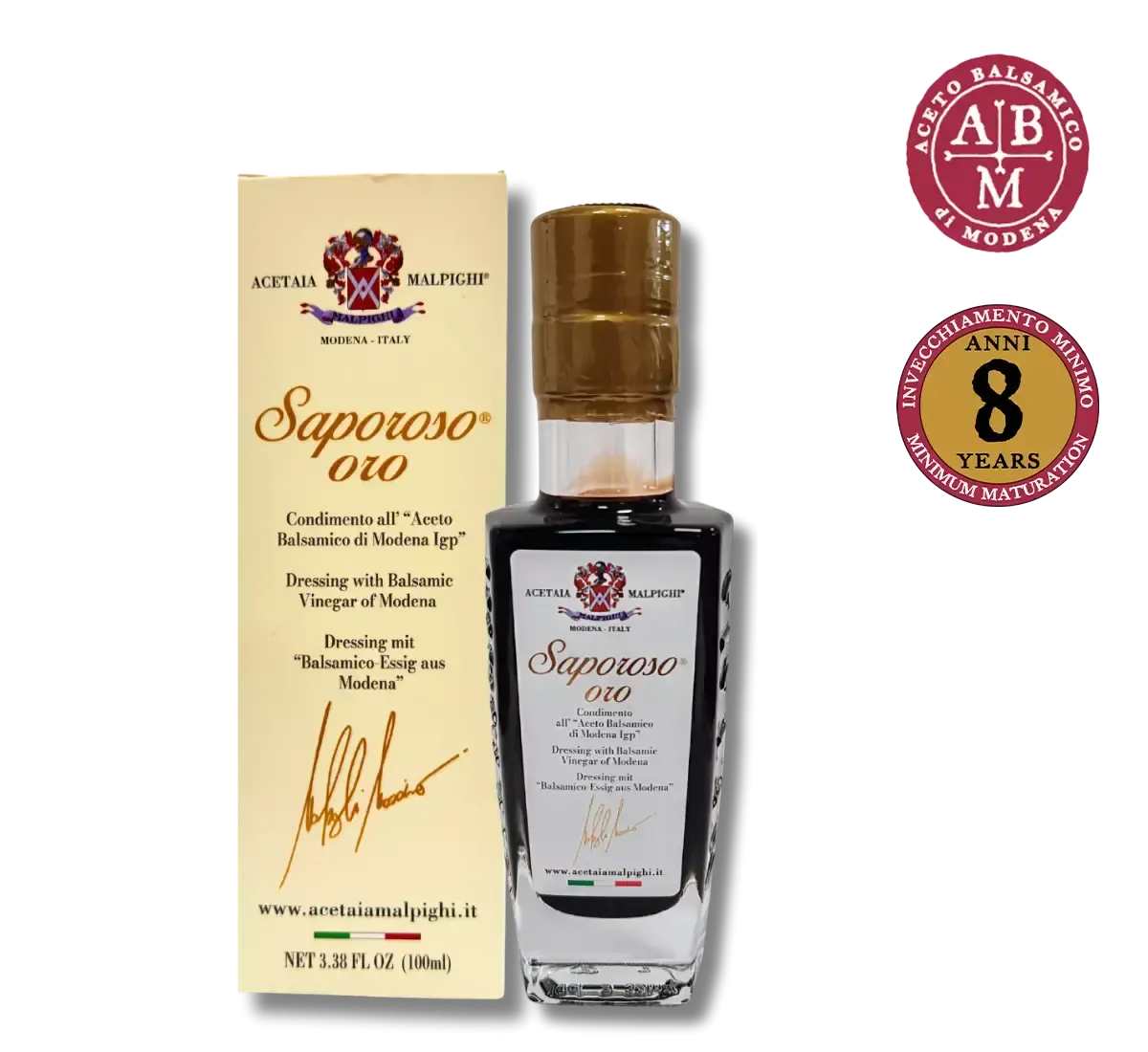
Acetaia Malpighi
"Saporoso Oro" - Condiment with Balsamic Vinegar of Modena PGI - 8 Years
2375
€23,75
Unit price per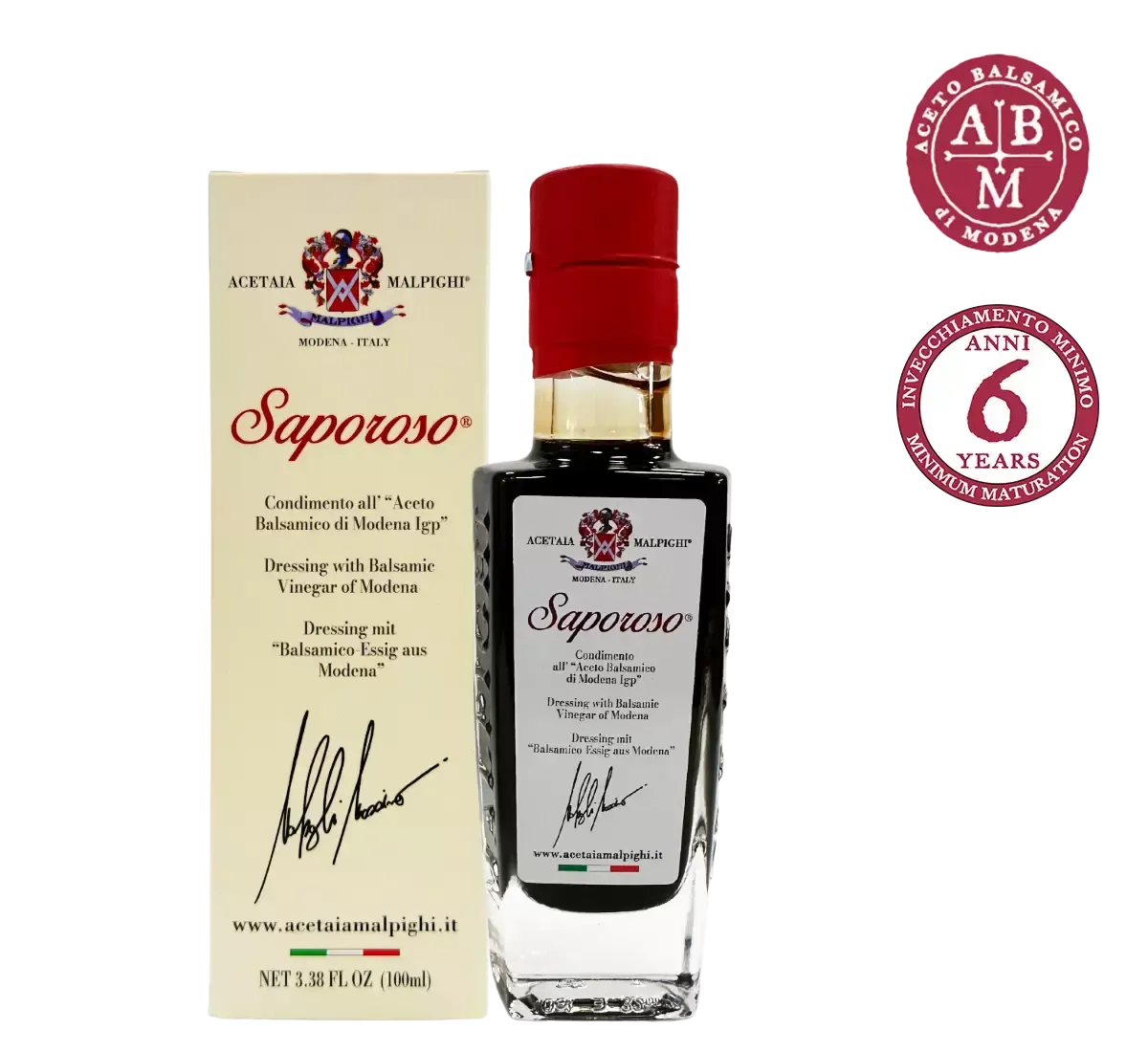
Acetaia Malpighi
"Saporoso" - Condiment with Balsamic Vinegar of Modena PGI - 6 Years
1625
From €16,25
Unit price per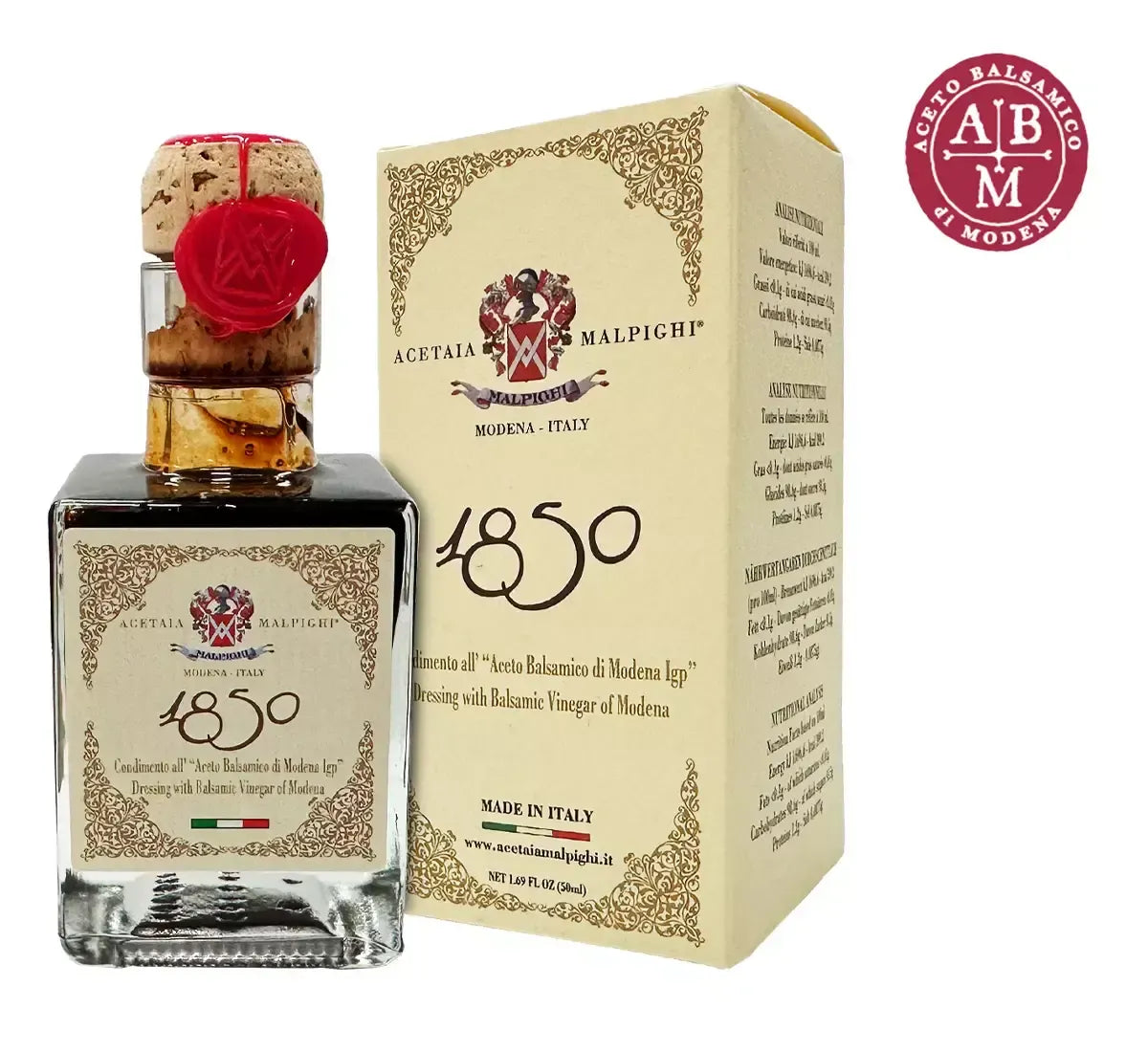
Acetaia Malpighi
"Casa Fondata nel 1850" - Condiment with Balsamic Vinegar of Modena PGI
875
€8,75
Unit price per
Acetaia Malpighi
Panettone with Balsamic Vinegar of Modena PGI - Hand Wrapped
3500
€35,00
Unit price per
